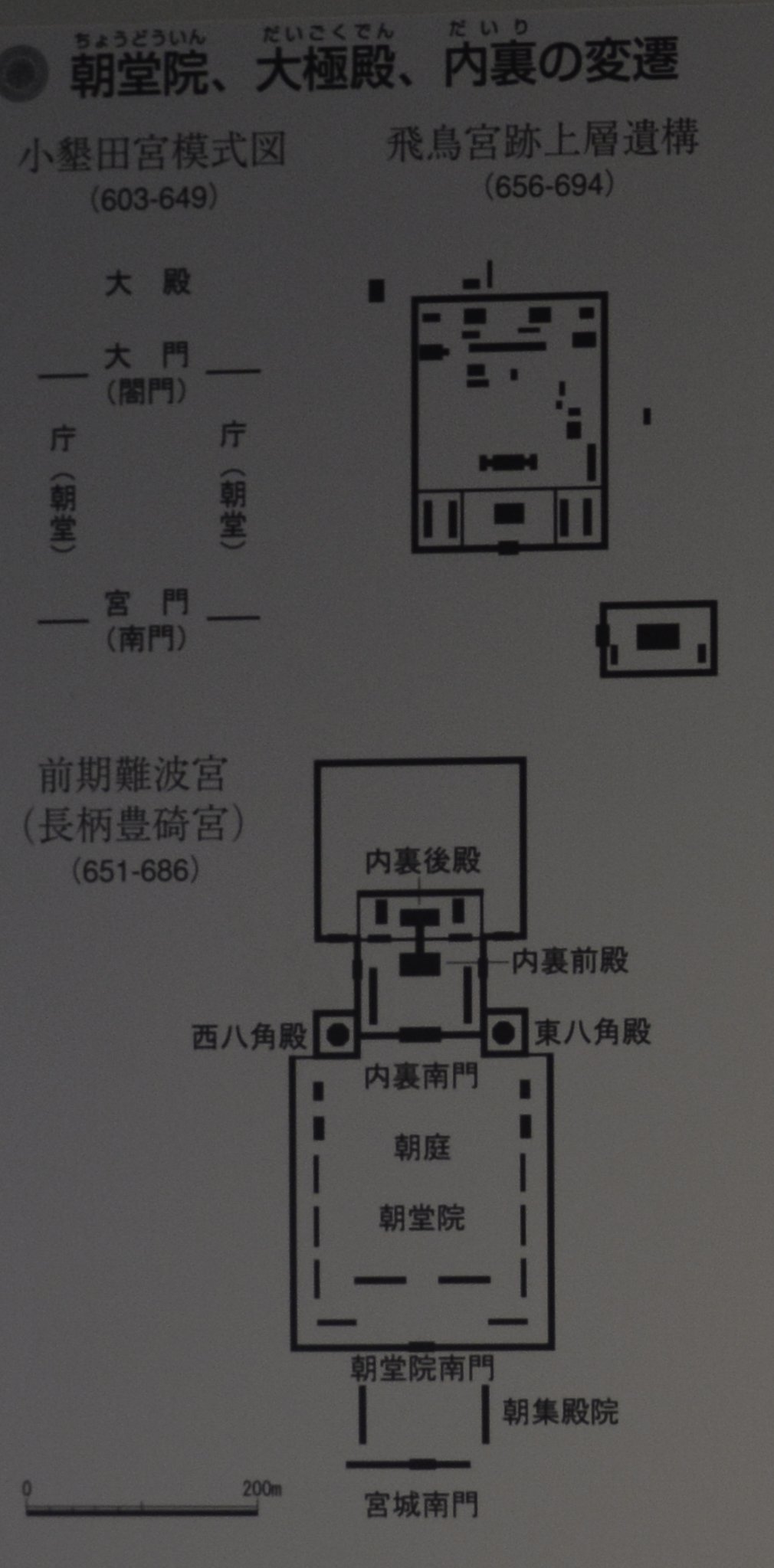Previous Episodes
- November 2025
- October 2025
- September 2025
- August 2025
- July 2025
- June 2025
- May 2025
- April 2025
- March 2025
- February 2025
- January 2025
- December 2024
- November 2024
- October 2024
- September 2024
- August 2024
- July 2024
- June 2024
- May 2024
- April 2024
- March 2024
- February 2024
- January 2024
- December 2023
- November 2023
- October 2023
- September 2023
- August 2023
- July 2023
- June 2023
- May 2023
- April 2023
- March 2023
- February 2023
- January 2023
- December 2022
- November 2022
- October 2022
- September 2022
- August 2022
- July 2022
- June 2022
- May 2022
- April 2022
- March 2022
- February 2022
- January 2022
- December 2021
- November 2021
- October 2021
- September 2021
- August 2021
- July 2021
- June 2021
- May 2021
- April 2021
- March 2021
- February 2021
- January 2021
- December 2020
- November 2020
- October 2020
- September 2020
- August 2020
- July 2020
- June 2020
- May 2020
- April 2020
- March 2020
- February 2020
- January 2020
- December 2019
- November 2019
- October 2019
- September 2019
This episode, we are covering more of the events of the second reign of Takara Hime, aka Saimei Tennō, bringing us back to Asuka. This episode we talk about the various constructions in the Asuka area, including various stoneworks that we have found, even today, as well as numerous palaces, the remains of which have also been discovered. Of course, those constructions were not without cost—political as well as monetary.
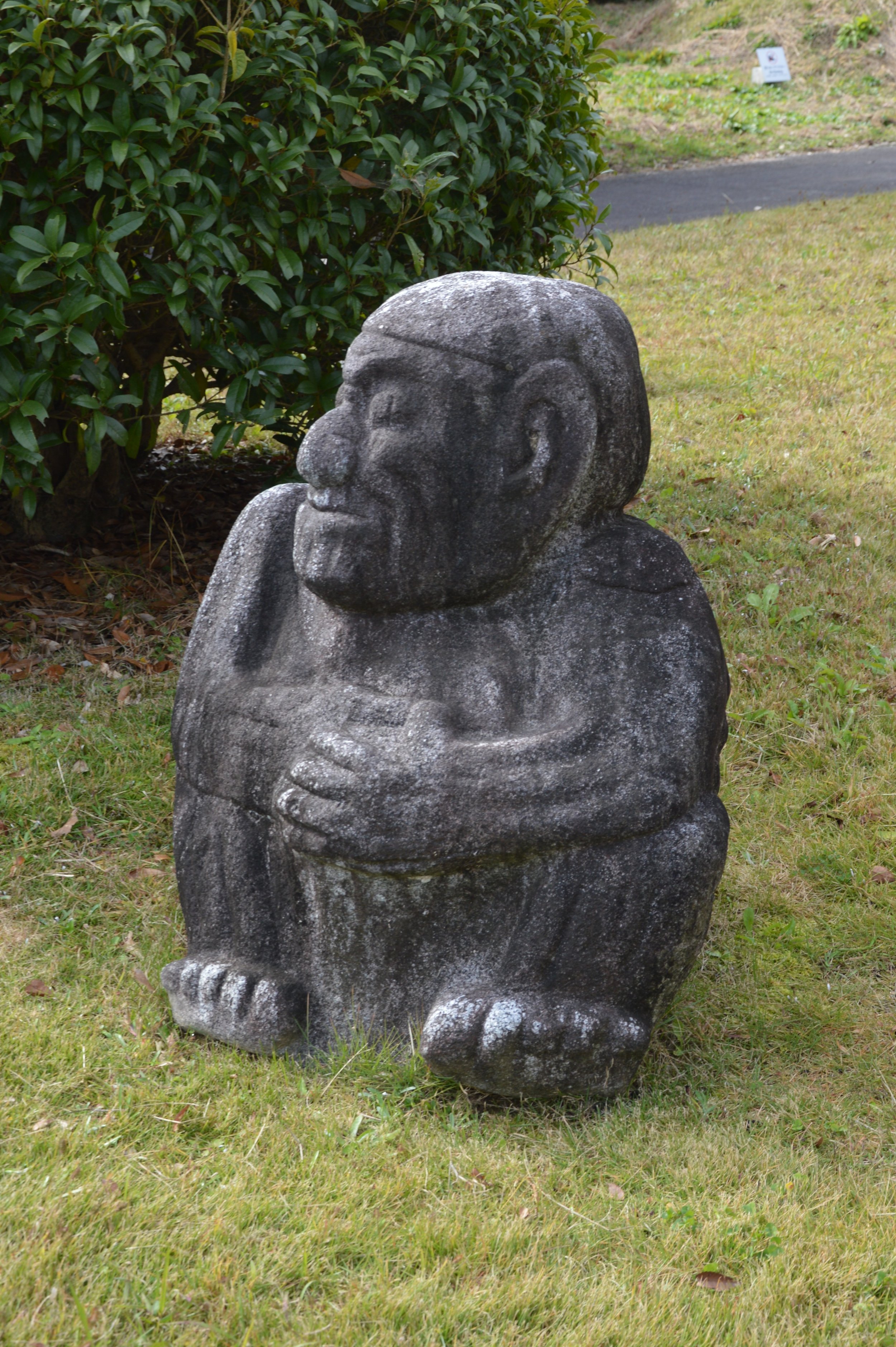
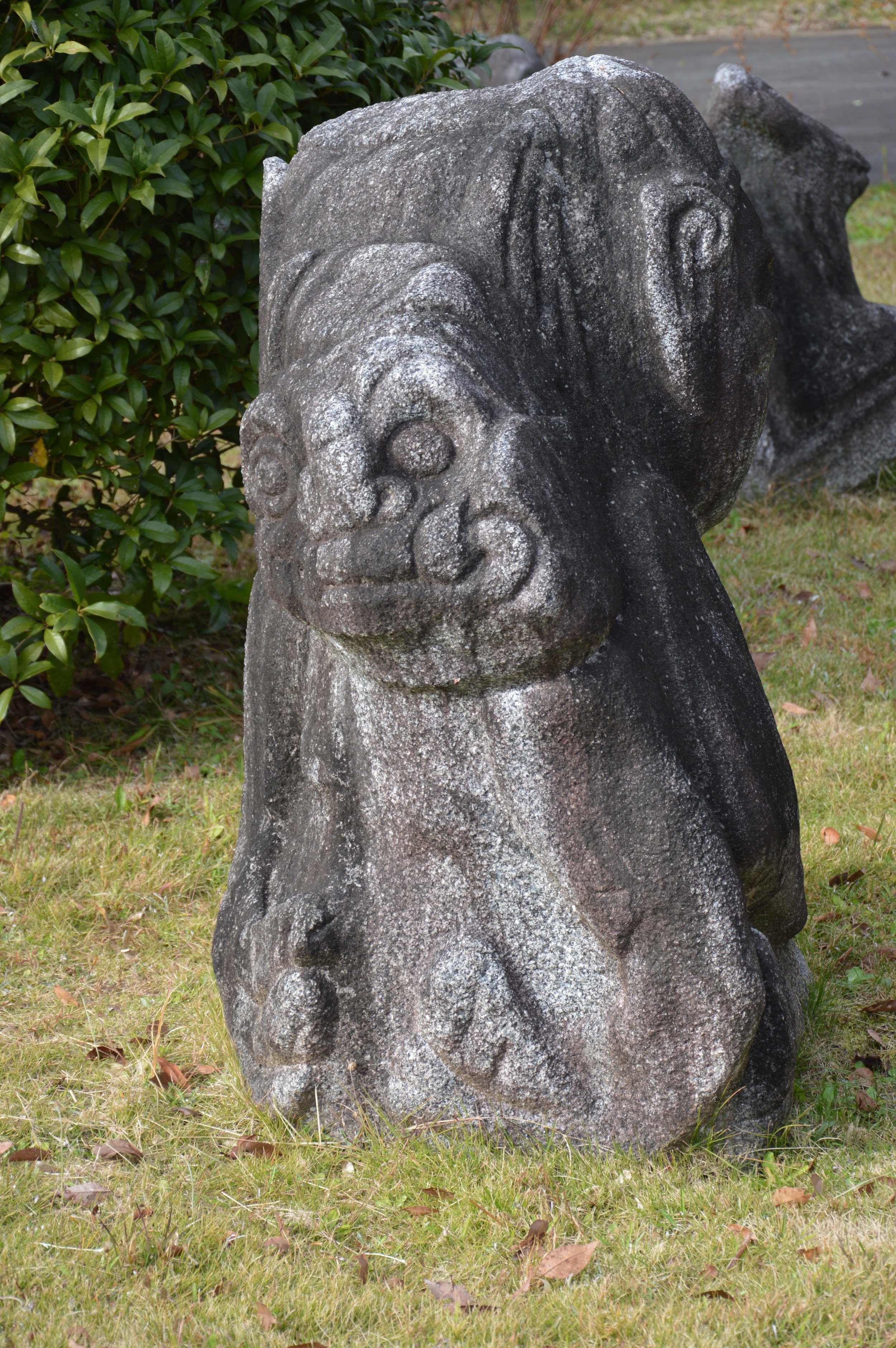
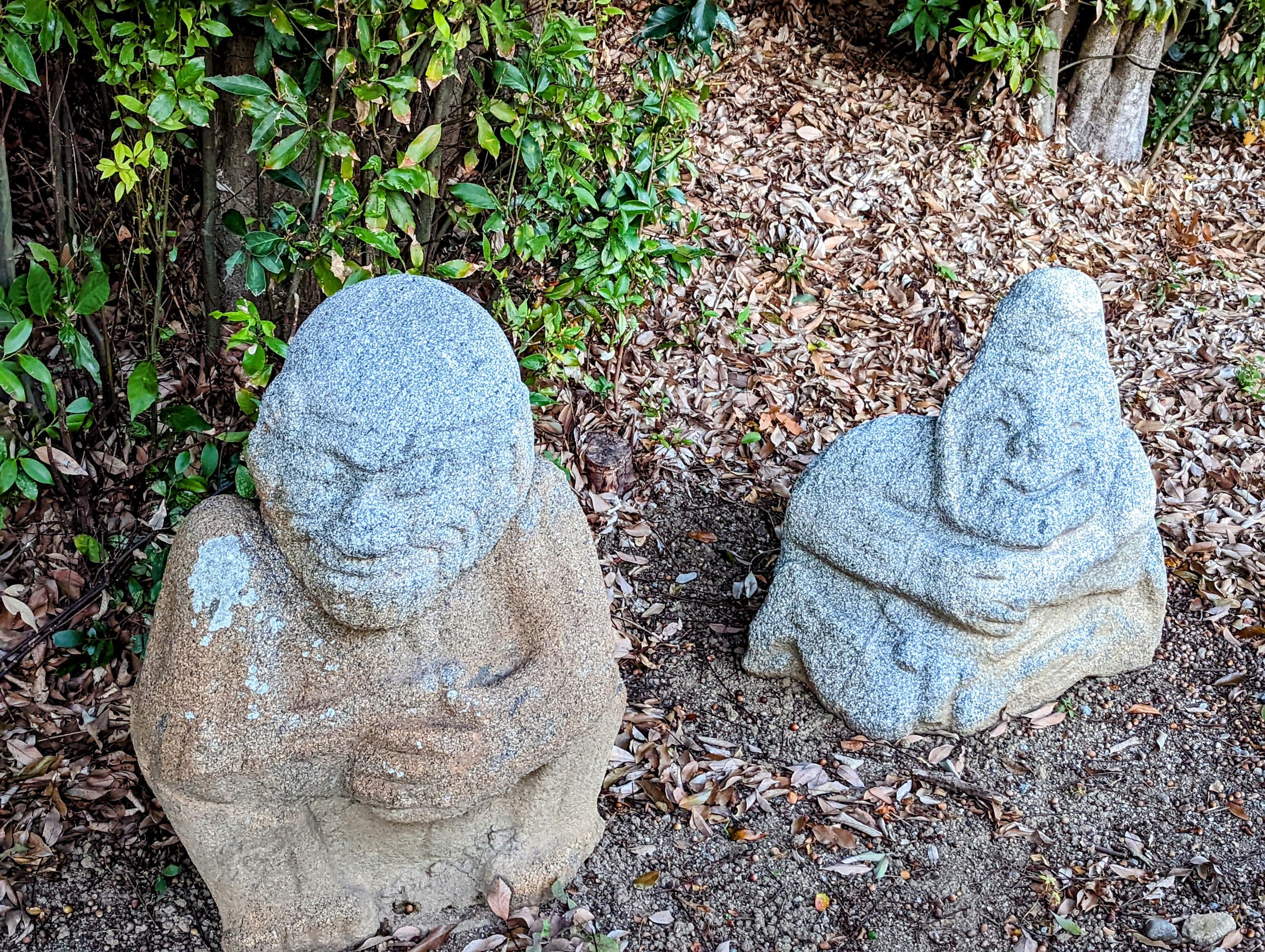
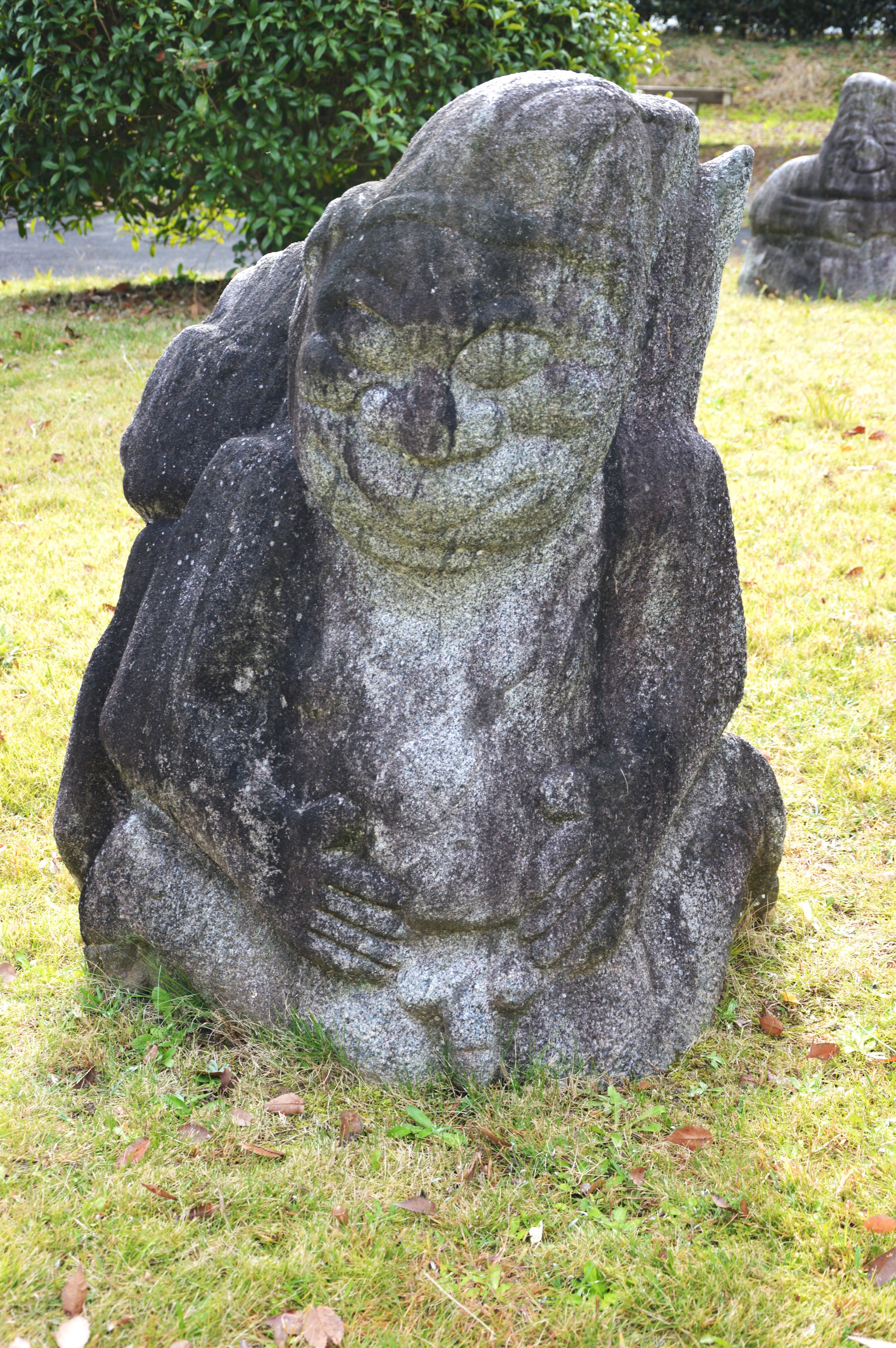
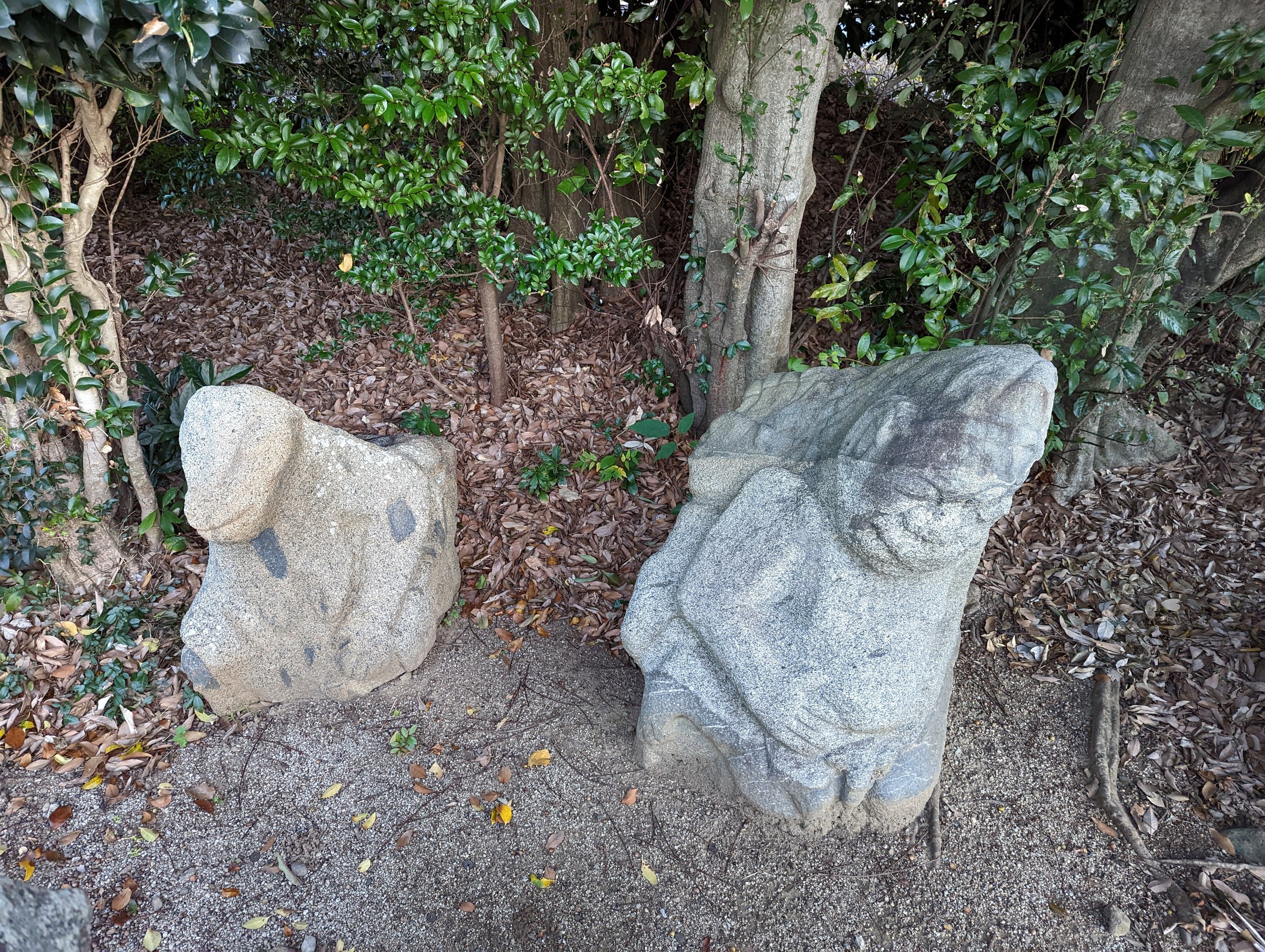
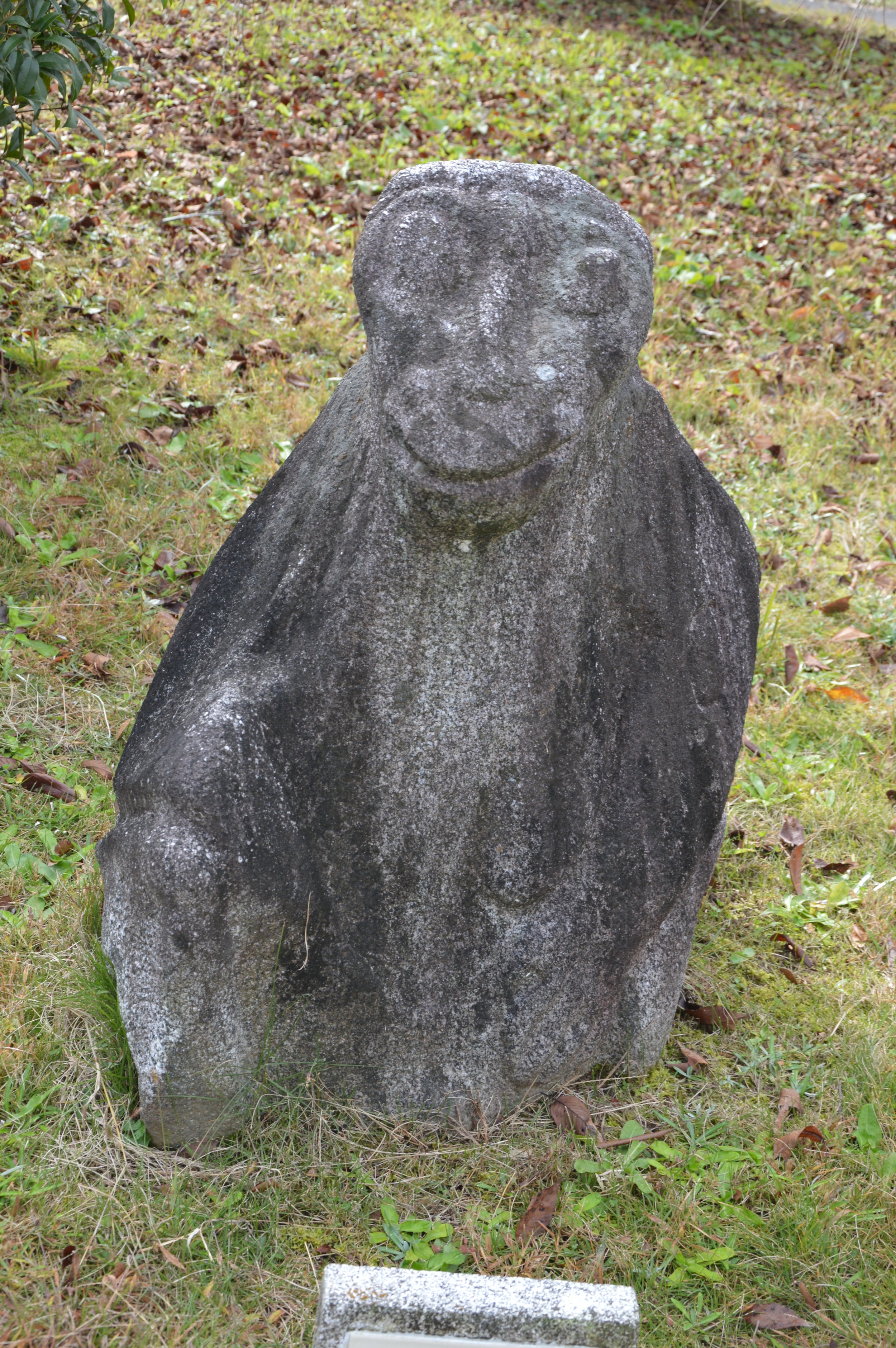
Saruishi Stones
The Saruishi stones are one of the more mysterious carvings. I don’t even know if all “saruishi” stones were by the same engraver or if they come from different hands. The most commonly known appear to be those that were found in the Ikeda field and later placed at the tomb of Kibitsu Hime. At one time they were apparently placed around the tomb attributed to Kimmei Tennō, and as such they may have been stone figures similar to the clay and wooden “haniwa”. However, we haven’t found any other statues like them, as far as I can tell. It is true that there are stone figures adorning some of the tombs in Kyūshū, but these figures do not have a direct correlation, other than being made of stone.
Personally, I tend to wonder if they weren’t part of some mansion or garden complex. It would certainly have made sense. Regrettably, we no longer have their original context, and as such may never know what they were truly for. But what they do show is the skill of the craftspersons of that period, and it goes hand in hand with other carvings in and around the Asuka region.
Kameishi - The Turtle Stone
Another strange stone is the large “turtle” stone. It is possible that it has eroded over time, so that only the “face” is visible, but I also wonder if they didn’t just use the natural stone. I’ve encountered other “kame-ishi” across Japan: stones that look like turtles and were often used as landmarks. This one seems to have been carved to have a face, at the very least. Today it sits along a trail behind modern houses and it is unclear what it was originally for. However, perhaps due to its location, there are some legends around it, including the idea that it sometimes changes directions, and if it ever turns to the west, the entire valley—and beyond—would flood.
Sakafuneishi Ruins
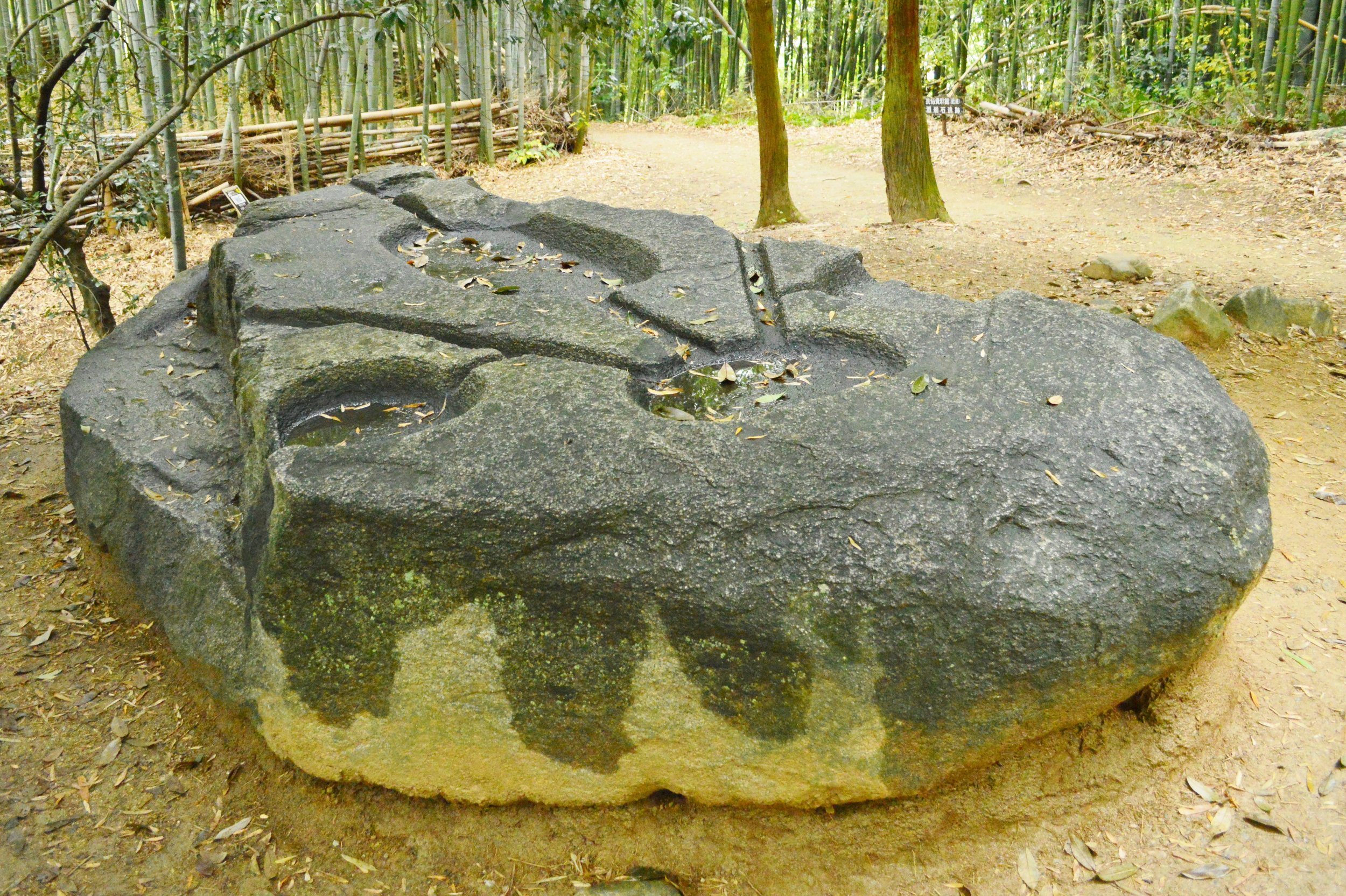

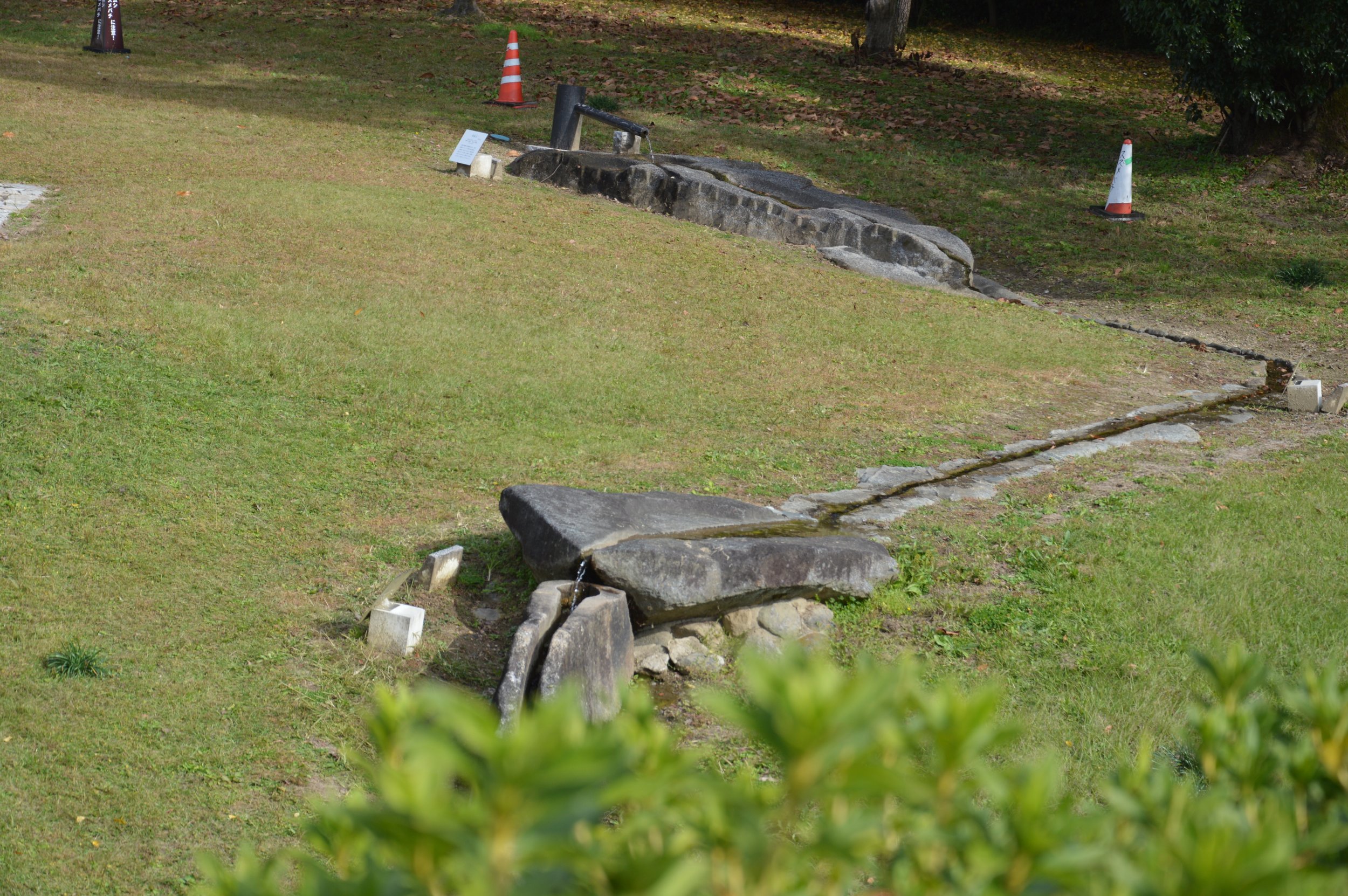
The Sakafuneishi, while not directly described, are probably some of the most obvious ruins to connect to the reading in the Nihon Shoki. They sit on a hill to the east of the Asuka palace site—the location where we are told that stones were brought from Mt. Kaguyama. There we find a strange stone carving called the “sakafune-ishi”. The stone itself is weathered, but has channels that seem to be for liquid—presumably water—to fill one and another. The stone has been weathered and broken over the years, so it is unclear the full extent of its shape. Furthermore, the channels in the stone don’t match anything else we’ve really seen. There are plenty of conspiracies out there as well. I think the key thing to remember is that we are only seeing what is left. If there was any organic—e.g. wooden—structure surrounding it and part of the mechanism, that has long since rotted away.
At the foot of the hill where the sakfune-ishi sits is a tortoise shaped basin fed by a ‘boat’ shaped tank. There is some thought that these were also from the same era as the sakafune-ishi, and likely related to the reign of “Saimei Tennō”. These types of waterworks in Asuka are actually more common than one might think. The Asuka Historical Museum has several replicas of various water features that appear to have been designed in this period, or shortly after.
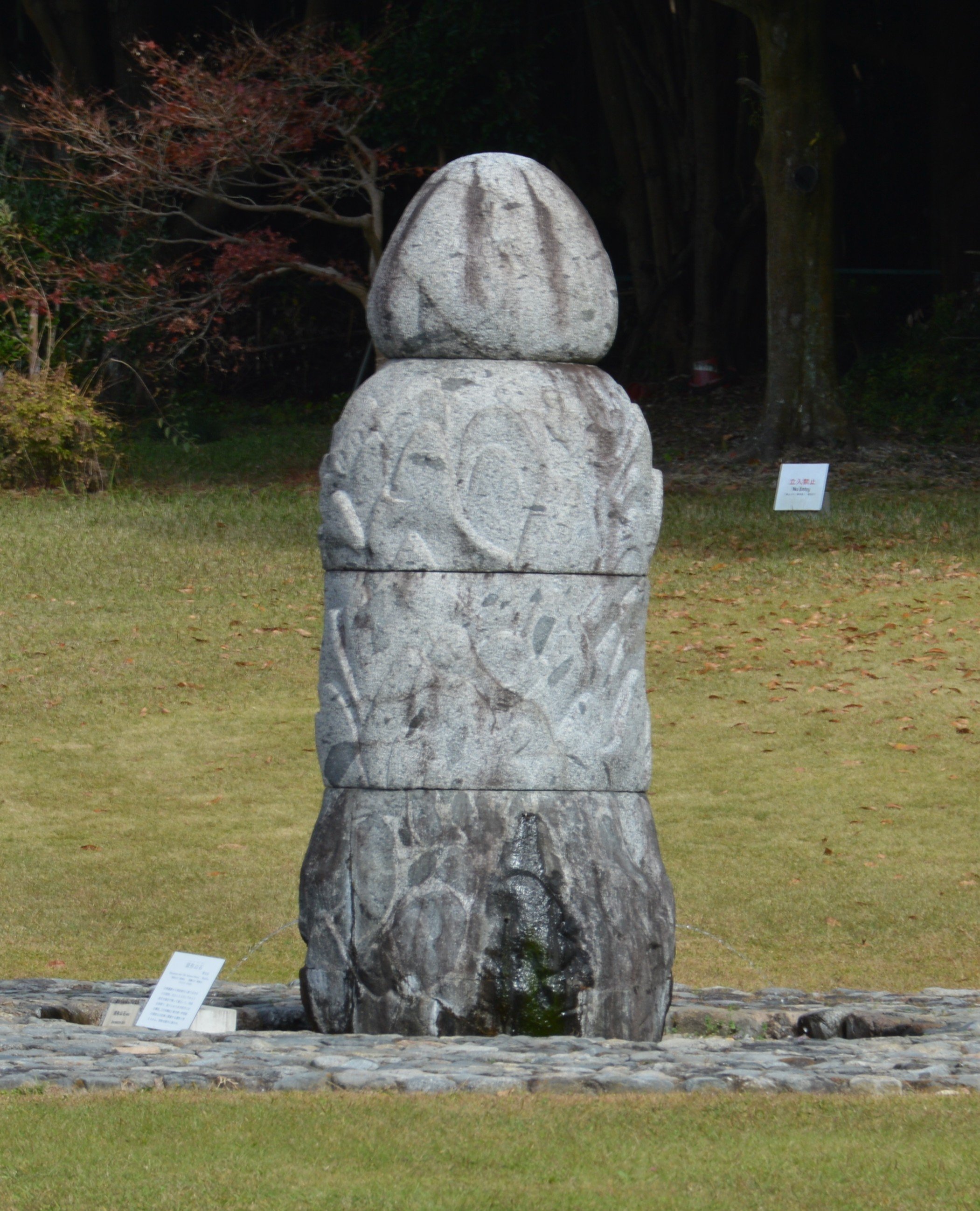
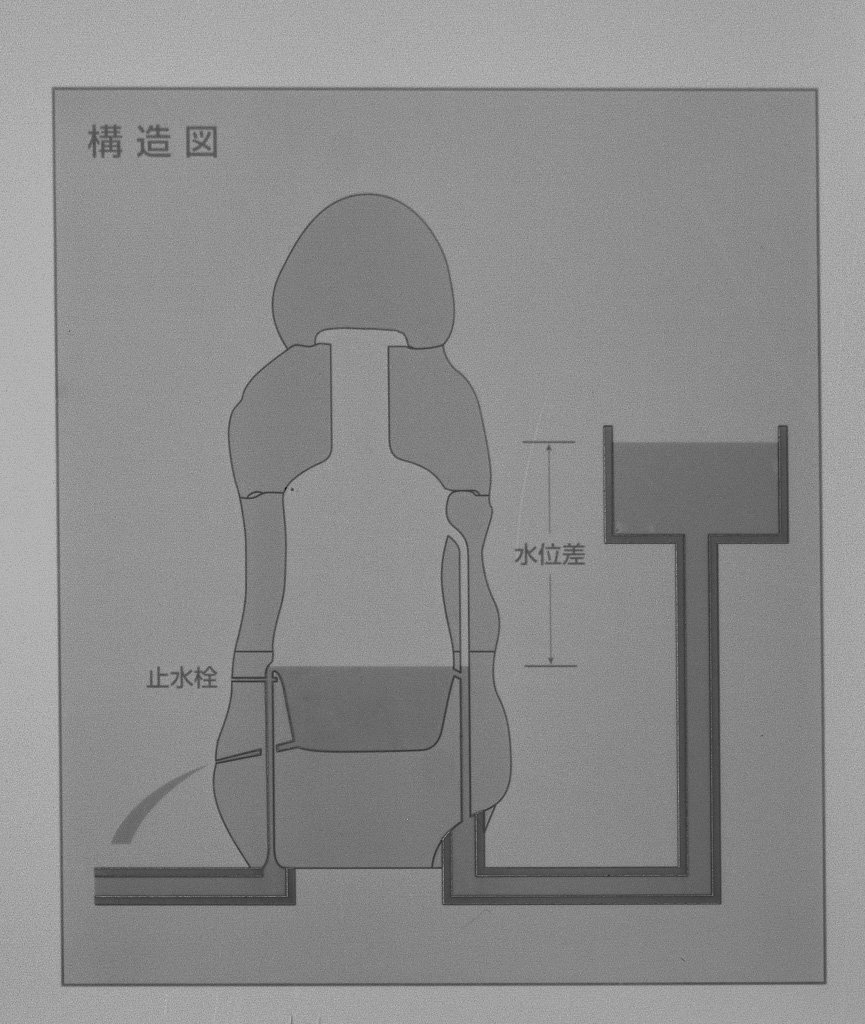
Mt. Sumera Fountain
So this is another example of the engineering ability. This is a reconstructed example, but it is still quite something. Constructions of “Mt. Sumera” show up several times in the Nihon Shoki. It is unclear what they look like, but this was found in Asuka and may be one of those discussed in the Chronicles. Here you can see how the water basin was gravity fed so that if the “tank” was filled, then the water would come out in a small fountain. I imagine that it would need to be refilled, possibly each time it was “on”. But nonetheless, to get the plumbing and everything to work just through carved stone is pretty impressive, in my book. Today they have the replica plumbed with running water so that you can see what it must have looked like back in the day. Though I also wonder if it was left as plain stone or painted, since that was something else that you might have seen at the time.
The Asuka Palaces
The “Asuka” era is often defined as starting with the introduction of Buddhism in the 6th century—commonly thought to be around 538 CE. However, the relatively permanent establishment of the court in Asuka can probably be traced to the Soga hegemons, for whom Asuka was one of their main strongholds. Kashikiya Hime, aka Suiko Tennō, built one of the first long term palaces in the area when she built the Oharida Palace. From what remains, this palace appears to have been a fairly simple, rectangular complex. There was a rear palace area—possibly the more private area—and a front courtyard. It wasn’t extremely elaborate, from what we can tell so far.
Later, the sovereign known as Jomei Tennō (Okinaga no Tarashi-hi Hironuka) and Tarashi Hime (Kōgyoku/Saimei Tennō) would build Okamoto palace. That burned down, and they built Itabuki palace, which is where the Isshi Incident is said to have taken place. During the reign of Karu—Kōtoku Tennō—they built the huge Naniwa palace. But then Tarashi Hime moved back to Asuka and refurbished the Oharida and the Itabuki Palaces. Both had issues, though, and she moved briefly to Kawara Palace before rebuilding Okamoto Palace.
Many of these palaces occupied the same relative space, just south of Asukadera. Various excavations have come across the different walls and structures, demonstrating that they were built on top of each other, but not necessarily to the same plan.
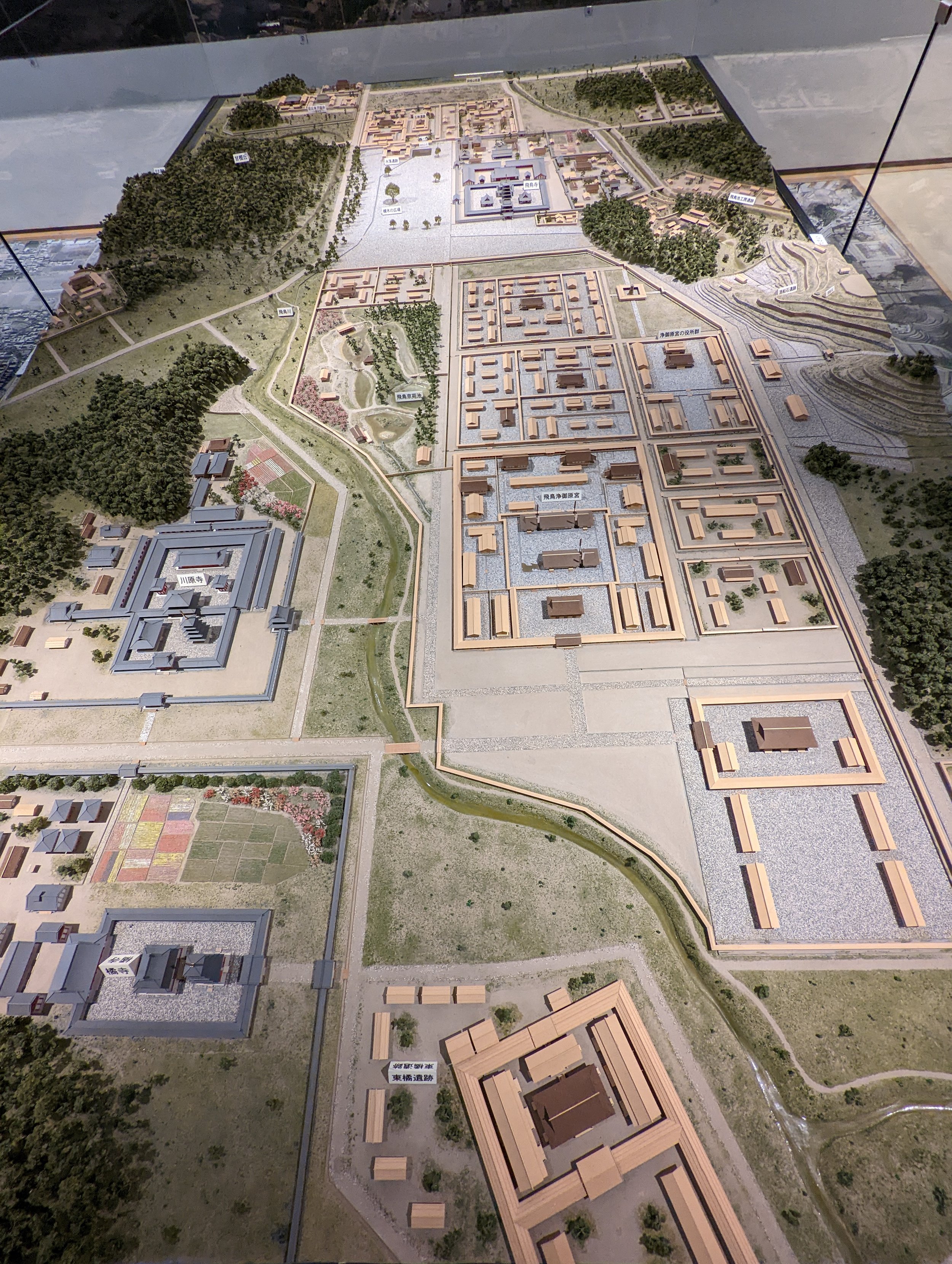
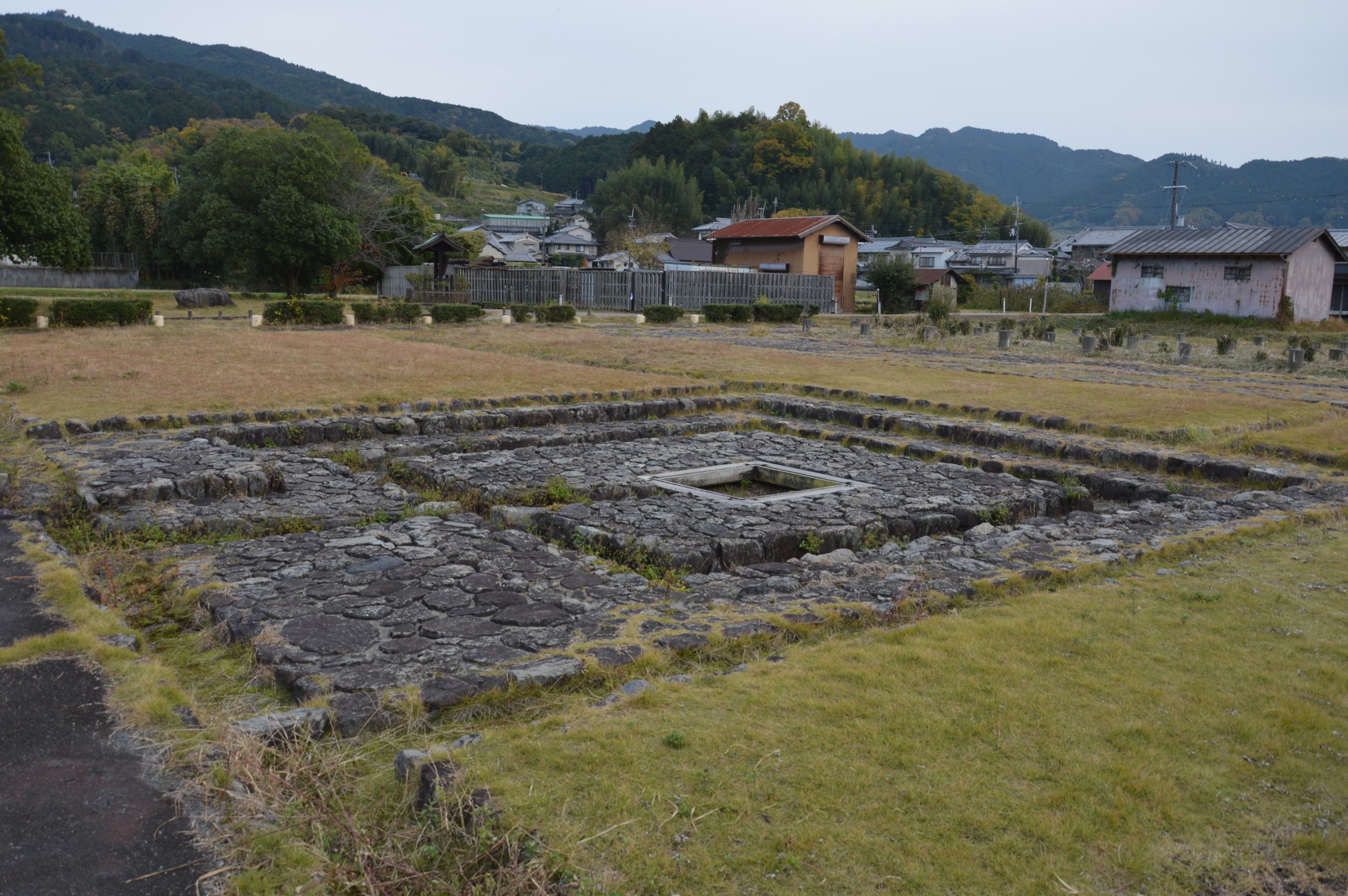
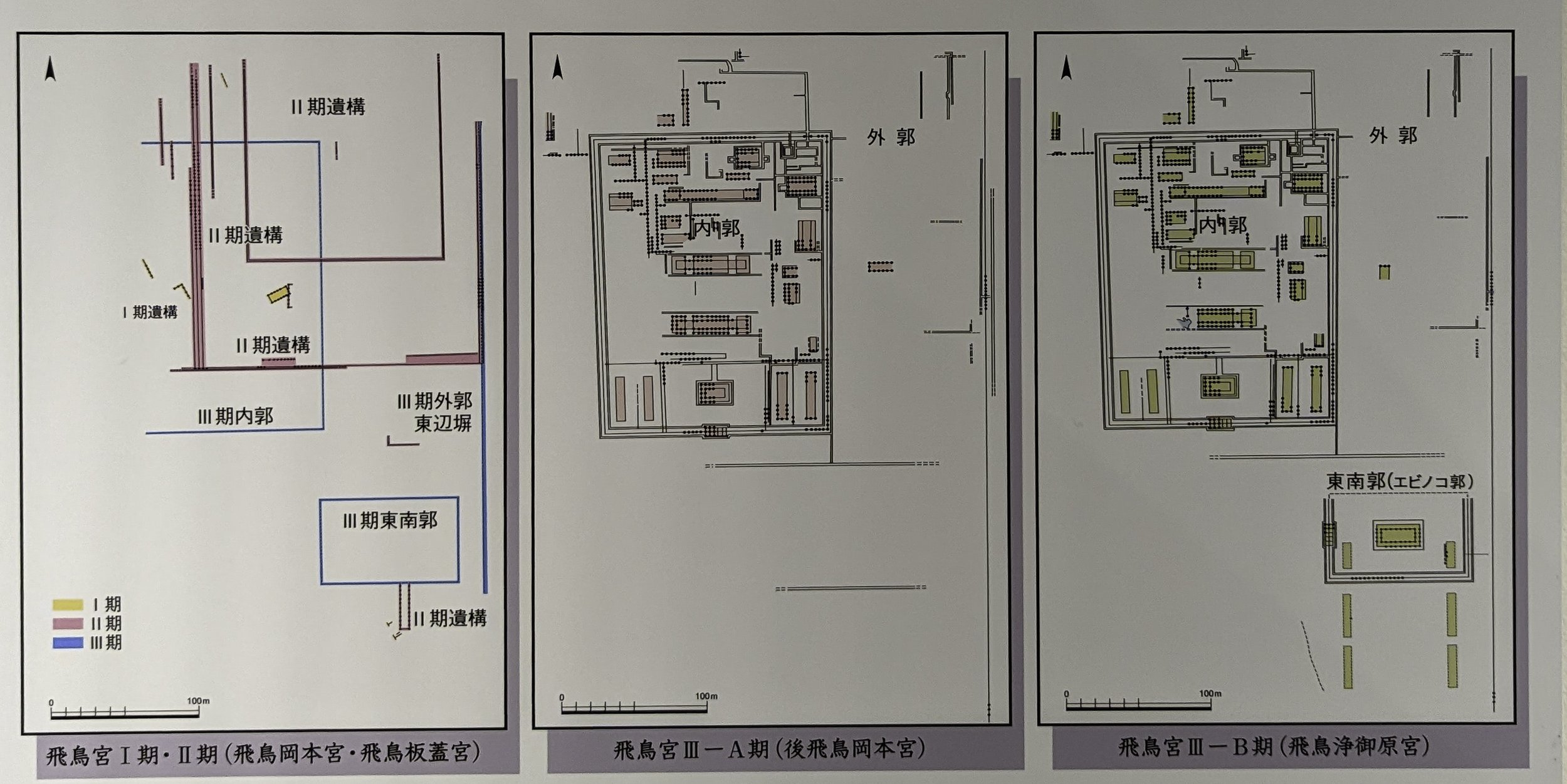
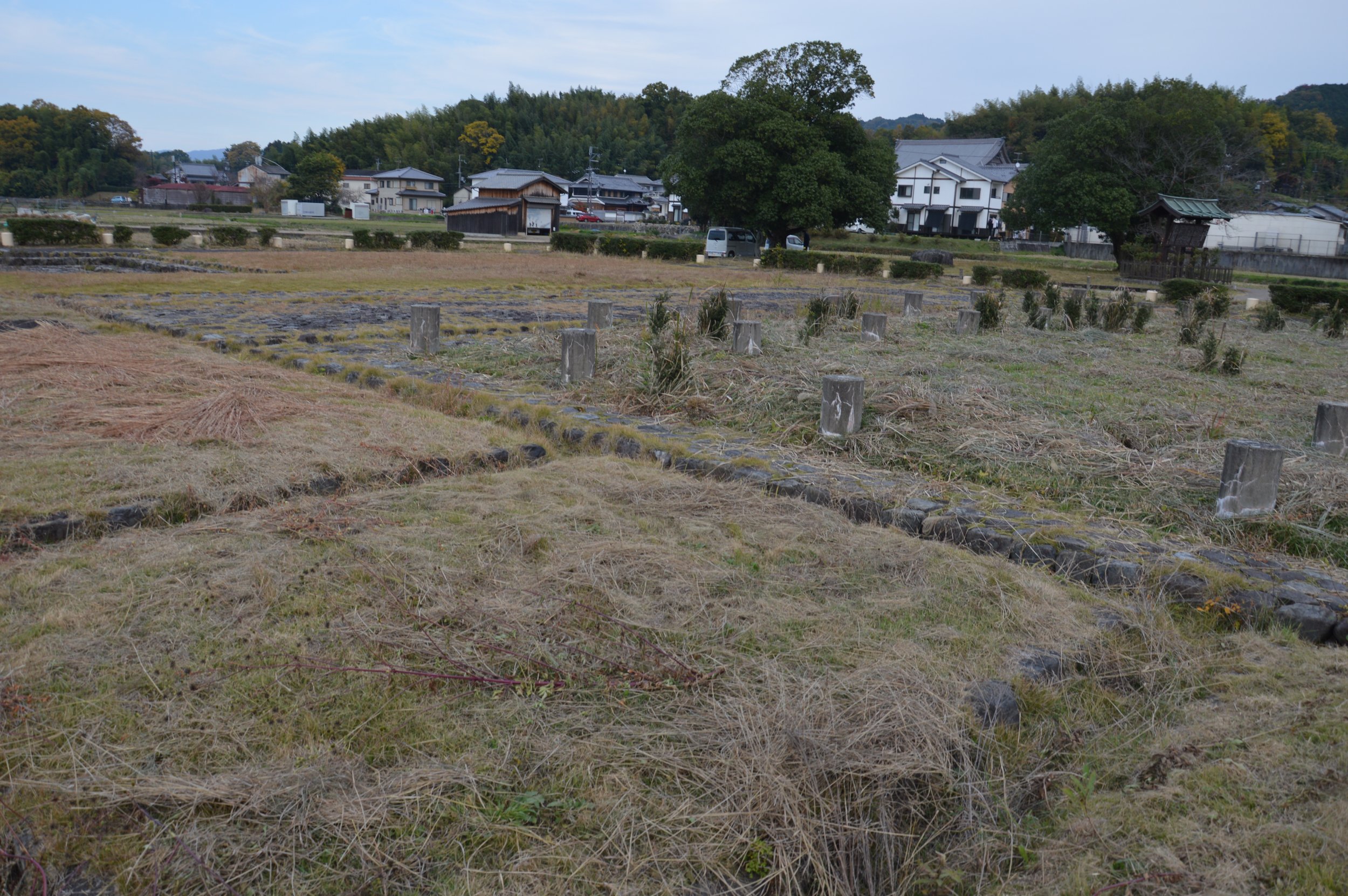
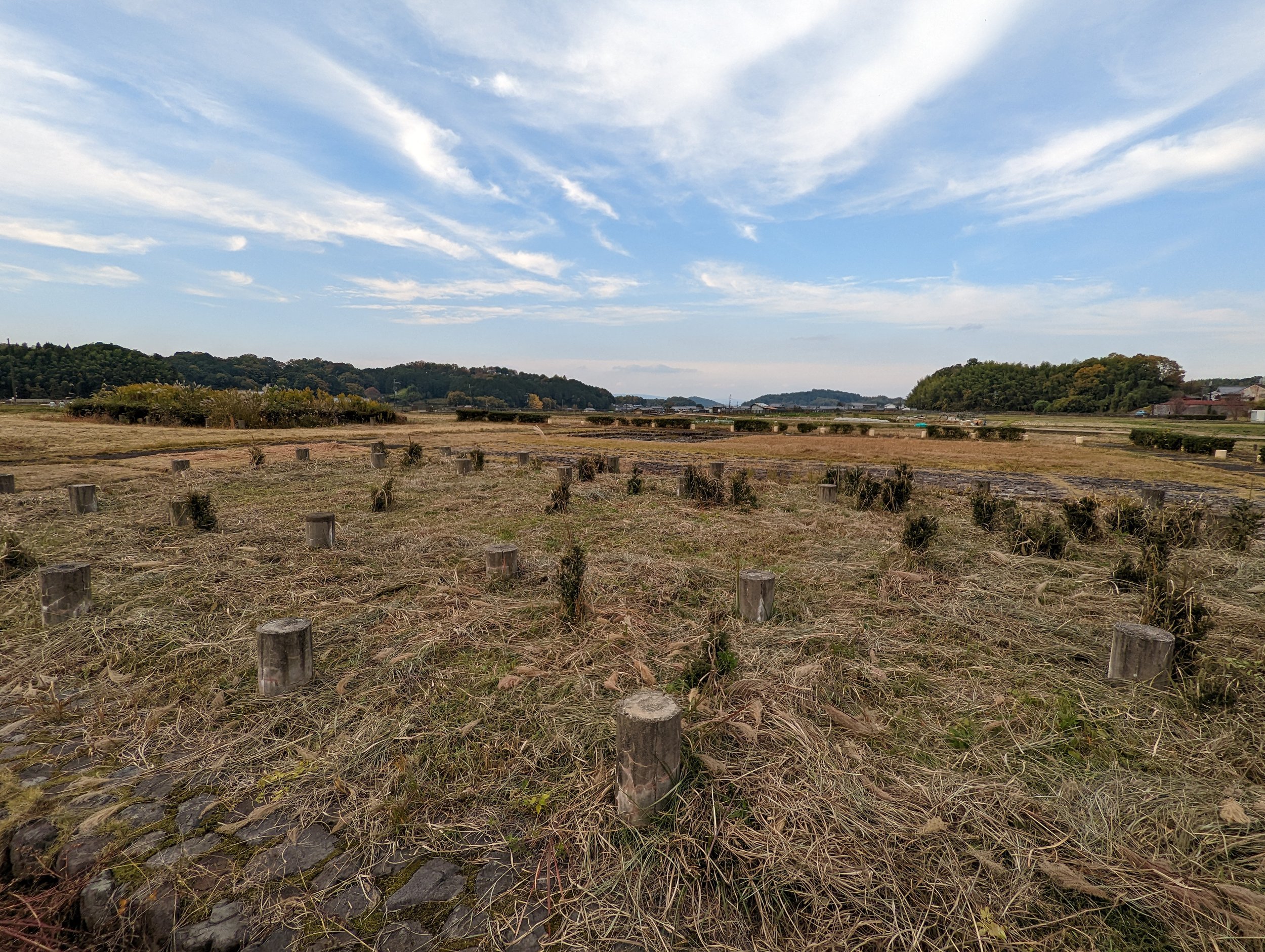
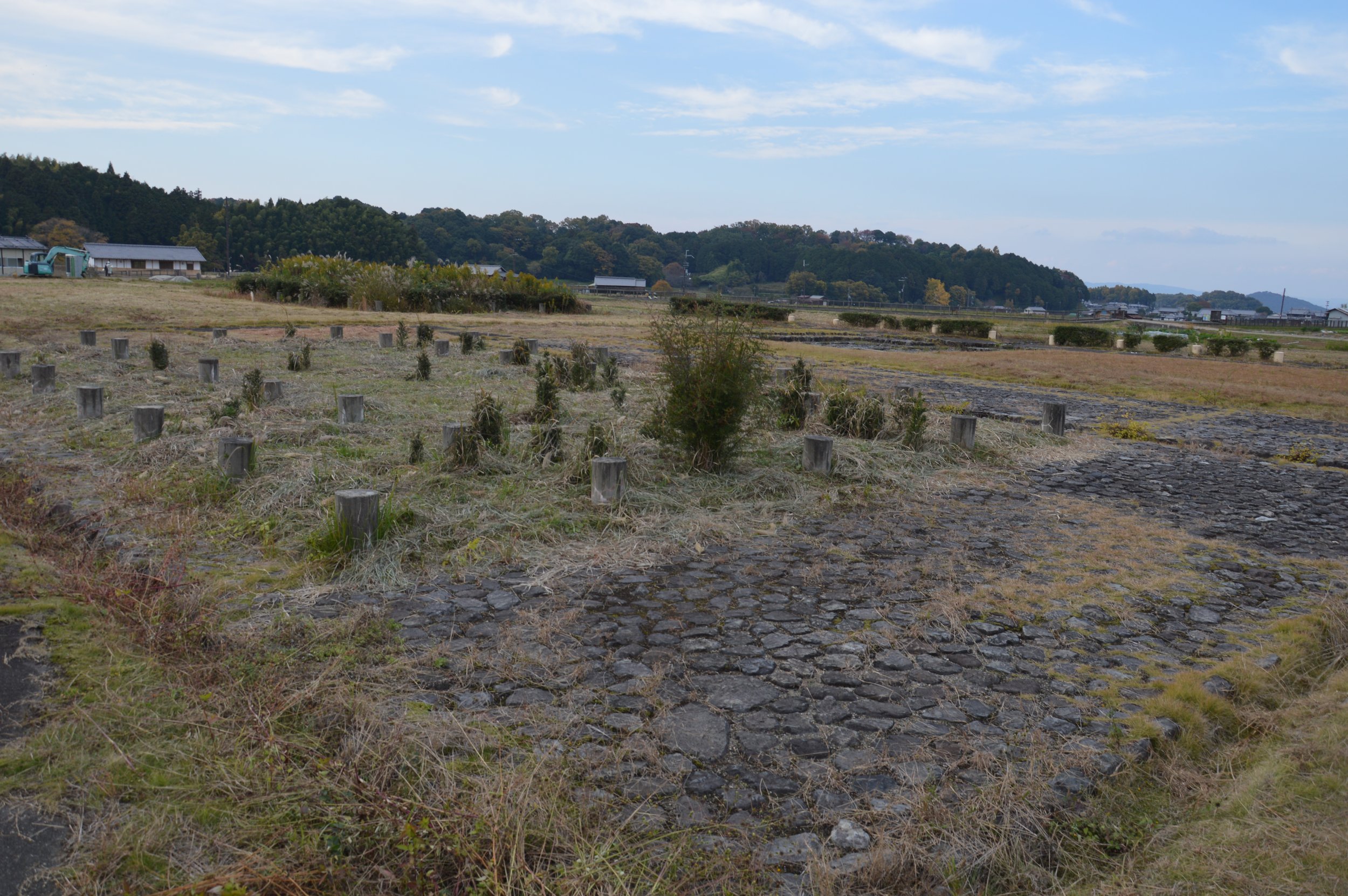
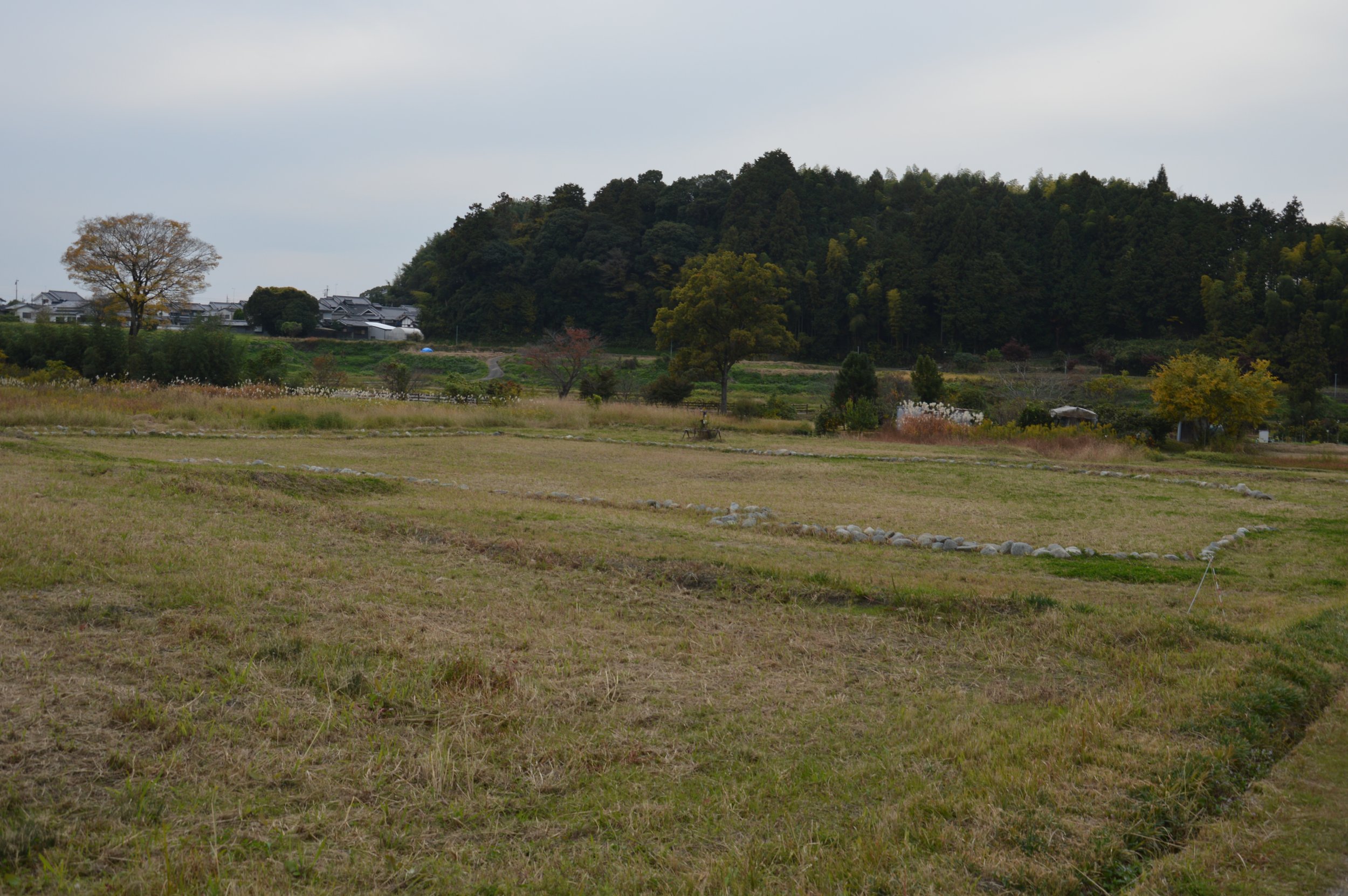
Kawara Palace and Kawara Temple
Last is the mystery of Kawara temple. This temple is one of the four major temples of Asuka, and yet little seems to be known about its founding, and when the capital moved north, to modern Nara, it was not moved along with the others. It is thought by many that this is also the original site of Kawara no Miya, the temporary palace that Takara Hime inhabited after the Itabuki palace burnt down. We have some artifacts that may be from the period, including things like an old geta—a wooden clog used since ancient times to avoid stepping into the mud, which would have been a common problem in the rice paddies and during the rainy season.
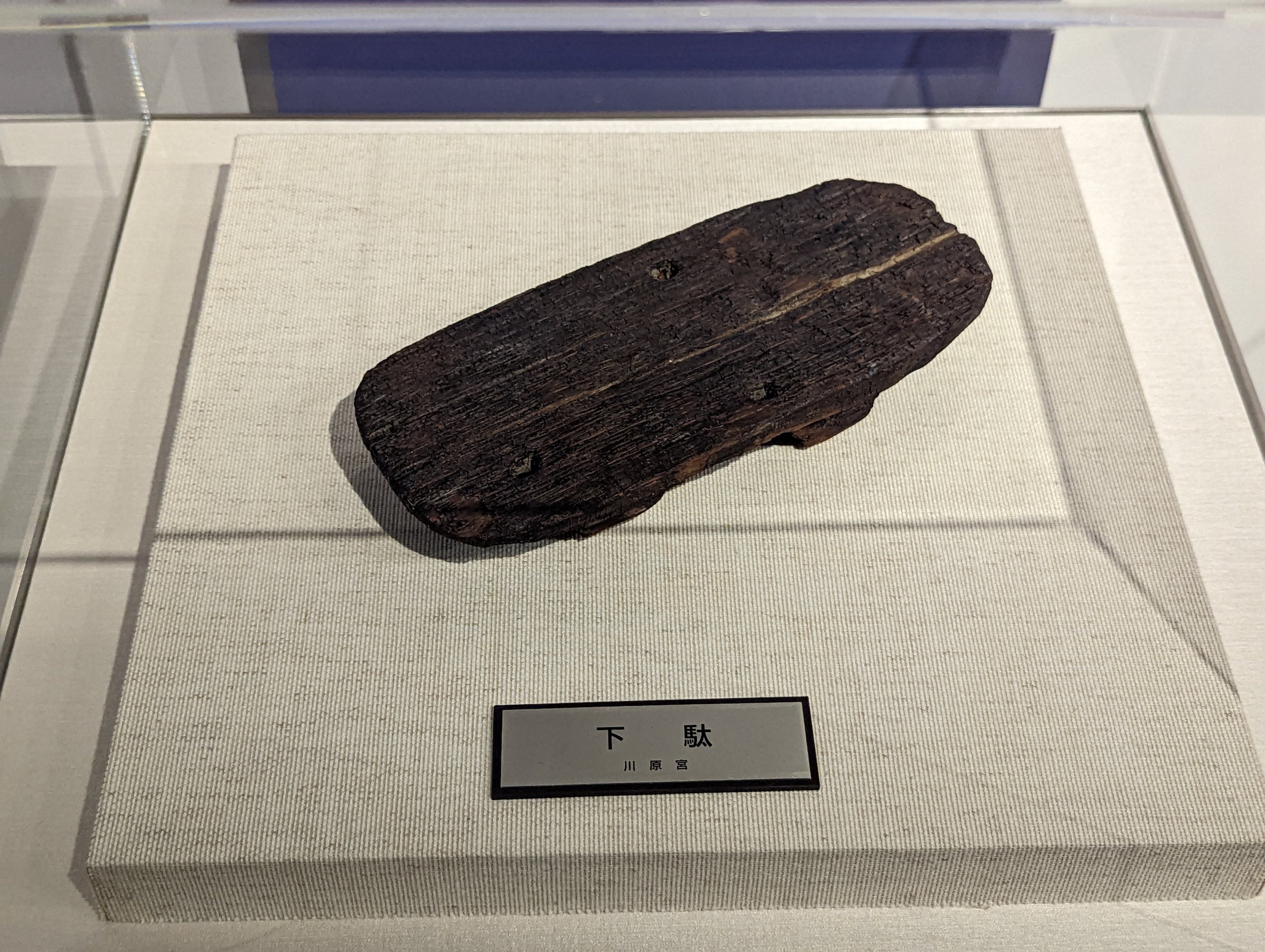
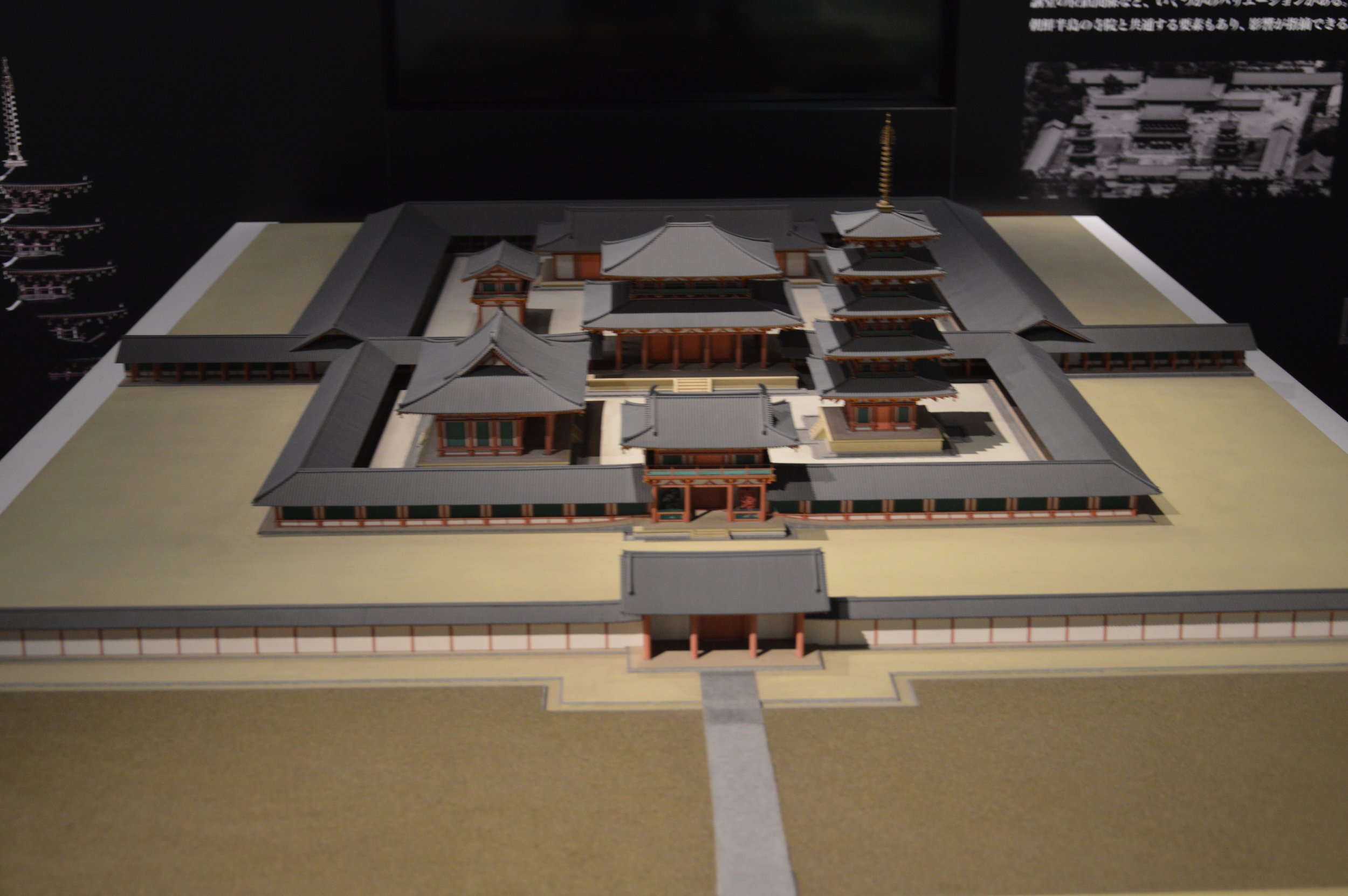
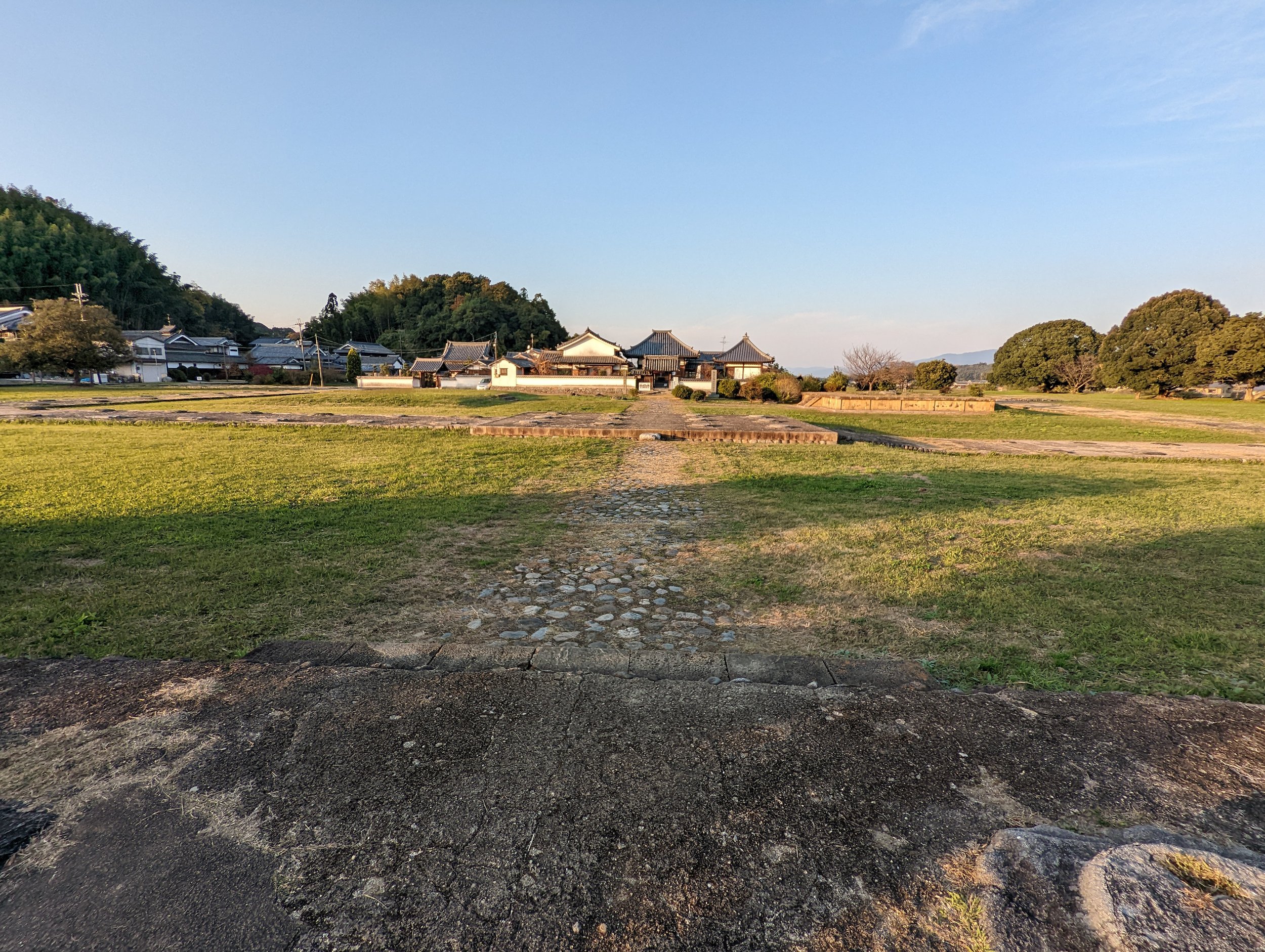
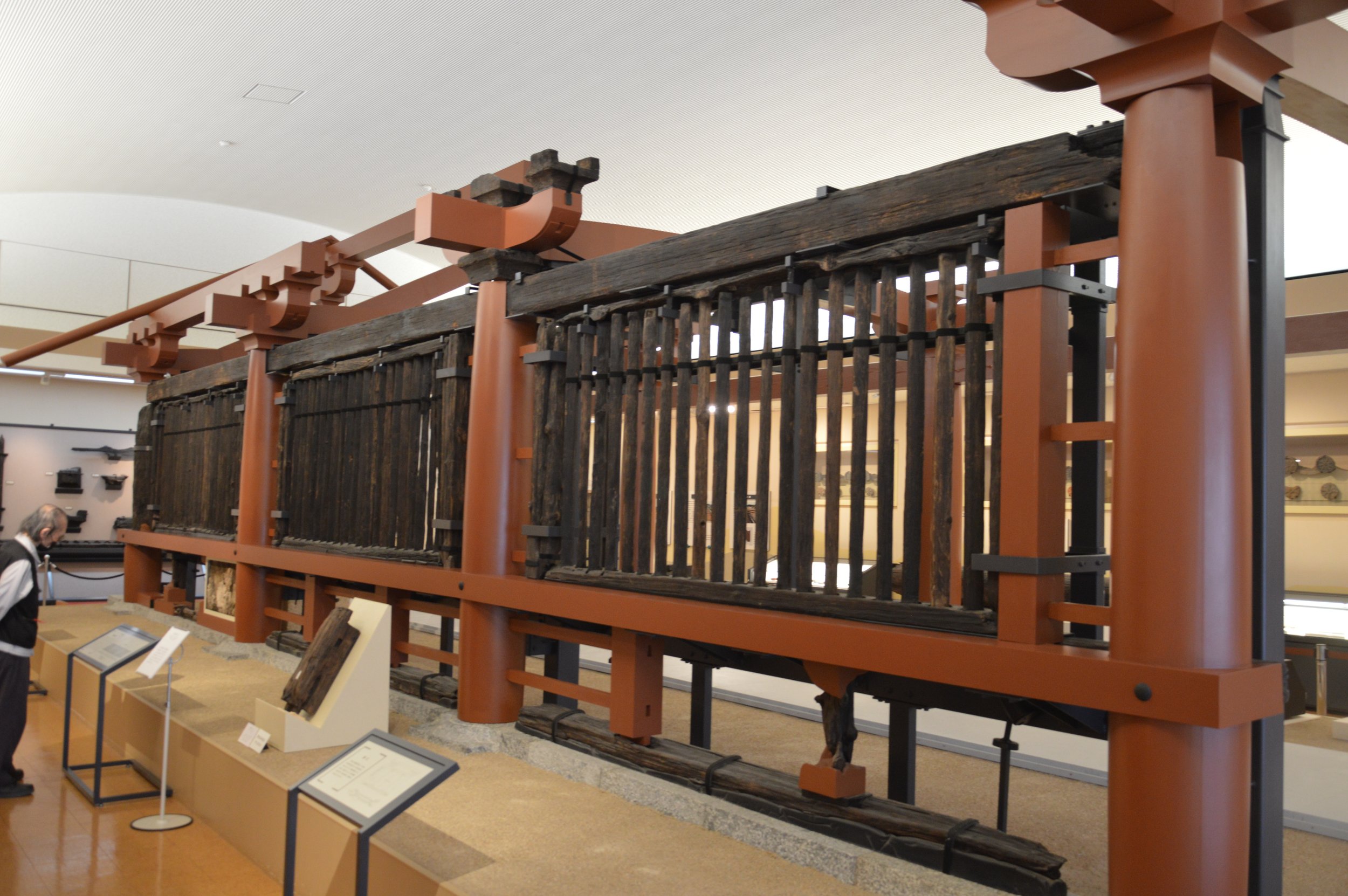
-
Welcome to Sengoku Daimyo’s Chronicles of Japan. My name is Joshua and this is episode 118: Stonework and Treason
Before we dive into the episode, a quick shout out to thank Bodil for supporting us on Ko-Fi.com. For information on how you can also help support the show, we’ll have information at the end of the episode or go check out our podcast page at SengokuDaimyo.com.
And now, on with the episode:
Soga no Akaye’s mansion was busily quiet. There was plenty of chatter, but it was mostly in hushed tones as servants busied themselves with their work, but wondered what was going on. They couldn’t help but notice the high ranking visitors that had come. It was to be expected, though. After all, their master was in charge while the rest of the court was away on a retreat, comforting the sovereign in her grief. And so why wouldn’t people be showing up to meet with him?
But nobody was quite sure what all of these visitors were discussing. They had all gone into an upper story of the building, but the crowd included some powerful figures, including, some said, a royal prince. Who’s who and where people stood in the court were always topics of discussion, but especially now. After all, what they were dealing with was unprecedented: who had heard of a sovereign stepping down in the first place, let alone stepping back up because they then outlived their successor? But she was no spring chicken, either. Surely it would be her son that would finally ascend the throne next, right? But that was never guaranteed.
Either way, some of the servants grumbled, a change would be nice. Ever since the royal family had moved back to Asuka, formally making it the capital again, there had been a flurry of activity. Sure, it meant that a certain amount of prestige returned to that region, and houses that had been in disrepair were suddenly occupied again. But there was so much more. Just about all of the available labor pool that wasn’t working the fields was working on this project or that—there was almost nothing left for anyone else. How was anyone else supposed to get things done when all of the able-bodied people were already toiling on the sovereign’s own vanity projects? And after building that giant government complex in Naniwa, no less!
Such was, I imagine, the hushed rumor-mongering going on in the house when suddenly there came a loud “crack” as of a piece of wood snapping in two. Later they would learn that an old wooden rest had broken, but that wasn’t immediately obvious. The servants did notice that shortly thereafter, their visitors began to depart, heading back to their own mansions.
As for Soga no Akaye, he said nothing, but he seemed drained. He had a heavy look, as though he was bearing an incredible weight. Soon thereafter, he requested a brush and some paper, and he began to write out a letter…
So we are talking about the second reign of Takara Hime, who came back to the throne in 655, following the death of her brother, Prince Karu, known as Koutoku Tennou. For the first time she reigned, the Chroniclers gave her the name “Kougyoku Tennou”, but for her second reign she would be known in the Chronicles as “Saimei Tennou”.
We already discussed some of what was recorded as happening in the north during Takara Hime’s second reign, with the Emishi and the Mishihase and the expeditions by Abe no Omi no Hirafu. This episode we are going to focus more on what was going on in the Home Provinces of Yamato—and most specifically the impact that Takara Hime’s reign would have on Asuka.
I’ve noted in the past how modern Asuka can seem like your typical rural Japanese town. Roads weave between rice fields, flanked by densely packed neighborhoods at the foot of the green hills or lining the shores of the Asuka river. To the north, the valley opens onto the vast Nara basin—a largely flat region that is much more heavily populated but still would be considered “inaka”, or rural country, by anyone from a metropolis like Tokyo or Ohosaka. To the south, the land rises up into mountain peaks. Beyond that ridge, the land drops into the Yoshino River Valley, but otherwise the rest of the Kii peninsula, to the south, is covered in a sparsely populated mountain range, where small villages carve out a life in the nooks and crannies between the numerous ridges, finding the rare spot of flat land to build houses and plant their fields.
Looking at it today, Asuka might seem idyllic, rural, and calm. And yet, back in Takara Hime’s day, it was anything but.
When Takara Hime moved back to Asuka, she went on a building spree. In fact, the Chronicles actually complain about all of the building that she was doing, and we’ll get to that. Much of this episode is going to revolve around her building projects, as well as her comings and goings. While we’ll talk about what the Chronicles say, I also want to talk about some of what still remains in Asuka. Certainly the grand palaces are gone, for the most part leaving little more than post-holes, lying beneath the rice fields. A bit more obvious are the various kofun, scattered across the landscape, but beyond that there we also see stone works, including numerous carved stones, which range from crude statues, which may have been minimally worked, to elaborate fountains, which would have used natural water pressure to create impressive waterworks. These latter works demonstrate the sophistication of the masons of the time, and hint at the grandeur of the various palaces, gardens, and mansion complexes that once populated the landscape.
And if you want a little feeling of what it is like, I talked a bit about walking through Asuka in a bonus episode back in March of 2024—if you are interested, look up “Traveling Through the Ancient Nara Basin, Part 2.
So along with what we see in the Chronicles, I want to talk about some of these other features, even if we aren’t entirely sure of when, exactly, they were built. There are a few, though, that we do suspected were built in this period, by Takara Hime, or at least at her order. So we’ll talk about those as we get there.
Her reign wasn’t all about building things, though. Politics in the Yamato court remained as cutthroat as ever. Although Prince Naka no Oe, Takara Hime’s son, had been designated as “Crown Prince” he had not taken the throne, despite being of age, and we aren’t told why, though the fact that Takara Hime had previously abdicated because of the events of the Isshi Incident, back in 645 (see Episode XX) may have meant that she was still considered the senior eligible member of the royal line. Then there was the case of Prince Arima. Prince Arima was the son of Karu, aka Koutoku Tenno, which made him Naka no Oe’s cousin. This wouldn’t have meant anything had his father not ascended to the throne. And under the succession practices of the time, although Naka no Oe was designated as the Crown Prince, that wasn’t a guarantee that he would be next in line, so Prince Arima may have been a potential candidate. However, there is at least one source that says Prince Arima was not yet of age, but still a teenager. Still, that was no doubt old enough for some in the court to support him—and as we’ll see in later centuries, age limits could be negotiable. So we’ll also discuss that, as well.
So let’s get into it.
When the royal family first moved back to Asuka, in 653, they took up residence in the temporary palace of Kahabe no Miya. Unfortunately, this name doesn’t tell us much about where the palace was located. There is one theory that the Kawabe no Miya might be at what is known as the Asuka Inabuchi Palace site, up in the Asuka river valley, in the modern Iwaido district, a little south of the famous Ishibutai kofun site. This is believed to have been a palace—or at least the mansion of some very wealthy family—given its layout, including what appears to be a cobblestone courtyard, and the lack of any roof tiles, which would have been reserved for temples, at that time.
The term “temporary” palace comes up a lot in the Chronicles. In most of the cases where it is used, it suggests that there was already a building in place and the sovereign took up residence there, hence the term “temporary” palace. Often times we see that a temporary palace is said to have been “built”, at which point I have to wonder if that is truly the case—did they actually build a brand new structure to temporarily house the sovereign and the royal family—or does it just refer to the fact that they may have taken an existing compound and perhaps made some slight changes to accommodate the royal dignity? Unfortunately, the Chronicles don’t really go into much detail.
Wherever the Kawabe no Miya happened to be, it does seem to have been temporary, as we later see Takara Hime back at the Itabuki palace, and indeed she reascended the throne there in 655. The Itabuki palace first shows up in Takara hime’s first reign, and seems to be one of at least two royal palaces in Asuka at the time, the other one being the Woharida Palace. The Woharida palace had been around for a while – it was noted as early as 603, in the reign of Kashikiya Hime, aka Suiko Tenno, and there is the suggestion that it was still around in the time that Karu, aka Kotoku Tenno, was reigning. We know that Takara Hime took up residence there at some point during her own reign as well. But in 643 she had the Itabuki palace built, though apparently that didn’t mean that the Oharida palace was completely torn down and abandoned – it just was no longer the primary site of court ritual. Of course, the Itabuki palace wouldn’t be the seat of the government for long, either, as the Isshi Incident took place there in 645, and Karu would subsequently move the capital to Naniwa, building the Toyosaki palace.
And so the Itabuki palace remained, but was not exactly kept up, so that when the royal family returned to Asuka, it wasn’t ready for them to inhabit, and likely required extensive renovation. Nonetheless, it was being inhabited two years later, when Takara hime again ascended the throne.
A quick note here about the name “Itabuki”, because we think that this likely referred to a very specific style of construction that was used. Up to this point, as far as we can tell, the primary roofing material for all major buildings was a kind of local thatching – we still see this today on some shrines and other buildings. “Itabuki”, in contrast, refers to a roof made with wooden boards. Today, we have buildings with rooves where the roof shingles are overlapping boards of wood or bark from the cypress tree: thin layers stacked one on top of the other. Even today, the modern Imperial Palace in Kyoto uses wood shingles rather than the curved roof tiles that many people think of when they think of Asian architecture.
So that’s the Itabuki palace, all spruced up and ready for Takara hime to occupy again. That said, remember the older Woharida palace, the other one in Asuka? Later in 655, a project was started to update that palace as well. We are told that as of the 13th day of the 10th month there had been a plan to add roof tiles to one of the buildings at the Woharida palace, but unfortunately much of the timber from the mountains and valleys that was designated for the project was found to be too weak from rot, and so they decided to not go forward with that plan.
I would note here that tiled rooves, while they might seen somewhat easier to put together—after all, you only need a layer of interlocking and overlapping tiles—are extremely heavy. They are known to deform the wooden structures underneath them, and can weigh hundreds of pounds per square foot. Much of the classic shape of these tiled rooves developed over time to compensate for some of that weight, so this makes me wonder if the wood the palace craftspeople brought in was really that rotten, or if it was just not strong enough for the work that they were trying to do. After all, were they applying the same techniques as for a temple, or were they simply trying to replace traditional thatching or shingles with clay tiles?
Either way, the project failed, even after all of the work that had gone into it. This is a small entry in the Chronicles, but it would have meant levying corvee labor that had to go out to the designated regions to source the timber, not to mention setting up the kilns to make the tiles, as well as other preparations that would have been necessary. In other words, a lot of work, for apparently no payoff.
On top of that, we are told that around that time, in the winter of that year—which would have been the 10th, 11th, or 12th month, roughly corresponding from late November to February of the following year—the Itabuki palace caught fire and burned down, and so the sovereign and her retinue decamped to the temporary palace of Kawara – the River Plain or Field. “Kawara” could theoretically refer to just about any flat area by a river. Aston points out that “Kawara” can also mean “rooftile”, which is interesting given what we just talked about, the entry immediately before that deals with attempting to add new rooftiles to a part of the Oharida palace.
However, there is some thought that this refers to the Kawara Temple, Kawaradera, and you can find claims that Kawaradera was built on the site of the temporary palace. There is a reference to Kawaradera in the previous reign, in the year 653, though another source apparently says it was talking about Yamadadera, instead. There isn’t another mention of “Kawaradera” that I can find until 673, so it is entirely possible that the temple started its life off as a mansion or even a temporary royal palace of some kind, and was later turned into a temple.
Kawaradera itself is rather interesting. If you visit the site, today, you can see large stone bases that help to demonstrate the size of the ancient temple. It was one of the four Great Temples of Asuka, along with Asukadera, Kudara Ohodera, and Yakushiji. And yet, unlike the other three, we don’t have clear indications about its founding in the Chronicles. When the capital eventually moved to Heijo-kyo, in Nara city, many of the other temples were removed to the new capital, but not, as far as I can see, Kawaradera. Donald McCallum suggests that this is because it was replaced, instead, by Koufukuji, a temple with deep ties to the descendants of Nakatomi no Kamatari, the Fujiwara clan. He suggests that mention of the temple in the official records may have even been suppressed by individuals such as Fujiwara no Fubito. Kawaradera remained in Asuka. Eventually it fell to ruin, but there is still a small temple on the site, known as Gu-fuku-ji.
As for the Kawara Palace, if Kawaradera really was in operation by 653, it is possible that the sovereign took over some of the buildings at Kawaradera, or perhaps the temporary palace was simply somewhere nearby. In any case, they don’t seem to have stayed there for too long—they started work on a new palace the following year. This was the later Okamoto Palace, and from what we can tell it was built on the same site as the Itabuki Palace, south of Asukadera. This site would see multiple palaces over the years, and even today you can go and see some of the post-holes that they have found, indicating the size of the complex through the years.
Based on the layout and size of the Asuka palaces, it seems that these early palaces focused on the “dairi”, the private quarters of the sovereign. This seems to have ignored the reforms made with the Toyosaki palace design in Naniwa in the early 650s. That palace, which was built on an incredibly grand scale, consisted of both the private quarters and the public government offices. But in Asuka the royal family’s “palace” appears to have only consisted of the private quarters, for the most part. So where was the actual bureaucracy happening? Were there other facilities we don’t know about? Or perhaps, the Toyosaki palace itself was overly ambitious, and there wasn’t actually the staff for such a grand complex? After all, they were just setting up the bureaucracy and perhaps their reach had exceeded their grasp. Or was it the case that things werestill being run out of the palace complex in Naniwa while the sovereign lived in Asuka? That seems to have been roughly 10 hours away, by foot, though perhaps only half that by horse.
The northern end of the Asuka valley is not as well suited to a large palace complex. Not only was it already full of temples and the like, but the ground itself rises to the south, and the hills on either side start to come together. It certainly isn’t the kind of place to layout a grand city. But perhaps that was not the intent—at least not immediately.
It didn’t matter much, though, because the Later Okamoto palace, as it came to be known, was not long for this world. Scarcely had it been built and occupied but that it caught fire and burned down—another expenditure of funds and labor that were once more counted as nothing.
In fact, Takara hime was apparently on a tear, and went ahead and initiated quite a few projects that happened in 656. We are told that nearby Tamu Peak was crowned with a circular enclosure, close to where two “tsuki” trees grew. A “lofty” building was erected and called both Futatsuki no Miya (the Palace of the Two Tsuki) and Amatsu Miya (the Palace of Heaven). She also had a new palace erected in Yoshino, possibly as a seasonal retreat.
And with this she was just getting started. She also had laborers dig a canal all the way from the western end of Mt. Kaguyama all the way to Mt. Isonokami. We are told that 200 barges were then loaded with stone from Mt. Isonokami and hauled to the mountain east of the palace, where the stones were piled up to form a wall. This last one had people up in arms. They called the canal the “mad canal” and said that it wasted the labor of over 30,000 people. On top of that, she used 70,000 men to build the wall. To top it all off, the timber for the palace rotted away and the top of the mountain where they were building collapsed. We are told that people cursed it all, crying out: “May the mound built at Iso no Kami break down of itself as fast as it is built.”
So, yeah, people weren’t too happy. We, however, just might be – because all of this building work? It leaves traces in the landscape.
We aren’t always sure about locations in the Chronicles, as it is very easy for names to shift over time or for things to be renamed at a later date. But what we do know is that there are quite a few examples of stone work in the Asuka region. There is the kame-ishi stone that looks only vaguely carved—it appears to have two carved eyes, but otherwise appears to use the natural shape of the stone to evoke a tortoise—that sits near the site of Kawaradera and Tachibana-dera. There are the various saruishi—carved figures that are purportedly based on saru, or monkeys, but are likely meant to represent people. They may have once adorned an elite family’s garden or similar, and they were since moved to the tomb of Kibitsu hime. There are various fountains and waterworks. And then there are the Sakafune-ishi ruins, sitting along a ridge east of the palace site. This consists of a large stone up on the hill, with carved channels that appear to be made to channel water poured into the grooves. At the bottom of the hill there is a turtle shaped stone basin, filled from a boat-shaped water tank. Across the hill is example of stone work, including possible walls.
Given the apparent age of everything, and its location, it is thought that this may all be part of the Futatsuki no Miya complex that Takara hime built. Unfortunately, it is still not clear how it was meant to operate. After Asuka was abandoned as the capital, knowledge of the site also disappeared. There were some stories that arose about the stone that it was used for some kind of sake-brewing, hence the name, but nothing truly concrete has arisen. There may have been other structures, perhaps made of wood, that are no longer present, and the stone itself appears to have broken and eroded away over the years. It may have been meant as a ritual site, or perhaps it was just built as some kind of wonder for the people. It doesn’t fit into any clear model of any Buddhist or even ancient Shinto practice, nor is it clearly connected to other continental practices. We certainly know that they did plenty with water, given the number of waterworks and other carved stones, including a model of Mt. Sumera, we are told was built to the west of Asukadera on the 15th day of the 7th month of the following year—657. Maybe these are remnants of that project
Whatever its purpose, the Sakafune-ishi site does seem to compare favorably with what is described in the Nihon Shoki, and perhaps it was considered such a waste of resources just because it didn’t fit in with the prevailing ritual culture. Maybe Takara hime was too artistically avant-garde for her time.
“Wasting resources” would, in fact, become a chief complaint against Takara Hime during her time on the throne. And that takes us from seemingly harmless construction projects into the court politics of the day. Now as you should recall, Prince Naka no Oe, Takara Hime’s son, was the Crown Prince at this point, and quite influential. He was supported by various courtiers, such as Nakatomi no Kamatari, the Naidaijin, but his eventual ascendancy to the throne was not entirely assured. We’ve seen plenty of examples where someone would seem to be in line for the throne and they didn’t ever make it. We know that there were several other royal princes at this time. One of the youngest was Prince Takeru, a grandson of Takara Hime, who was born around 651. Then there was Prince Naka no Oe’s brother, Prince Ohoama. He was also one of Takara Hime’s sons, and while we haven’t heard much of him in the narrative, we will definitely see more of him in the future.
On top of the two of them, there is Prince Arima, whom I talked about at the beginning of the episode. Prince Arima was mentioned as the son of Karu and Wotarashi Hime, but his mother was not Karu’s Queen—that was Hashibito, daughter of Okinaga Tarashi-hi Hironuka, aka Jomei Tennou, and Takara Hime. Yup, Karu basically married his own niece, though that may have been an attempt to keep the most direct connection possible to the royal line. Arima’s mom Wotarashi Hime, on the other hand, was the daughter of Abe no Kurahashi no Oho-omi—the Minister of the Left, or Sadaijin, during Karu’s reign. Strictly speaking, based on the way that the succession has been depicted so far, Prince Arima wouldn’t technically meet the requirements. That said, we’ve seen where that has been bypassed in the past, and no doubt people were aware just how easily it would be to rewrite the history, if they had to. He was young—but not so young that he couldn’t be involved in the politics of the court.
Other than a note about his parentage at the start of Karu’s reign, Prince Arima isn’t mentioned again until the ninth month of 657, and right off the bat you can tell where the Chroniclers fall on his personality. They describe him as deceitful, and claim that he pretended to be insane—a term that doesn’t really show up elsewhere, so it is hard to know what exactly is meant. Is he the Hamlet of his age? Arima used this as an excuse to go to Muro Onsen—thought to be modern Shirahama Hot Springs, on the southwestern end of the Kii Peninsula. When he came back he sang its praises, claiming that “scarce had I seen that region, when my complaint disappeared of itself.” The Queen wanted to go and see for herself.
Overall, this hardly seems to be very “deceitful”, though it is suspected that Arima may have feigned an illness to avoid some of the politics around the start of the new reign. Given his father Karu’s recent death, it would likely have been easy enough to claim that he was greatly depressed. We aren’t told how long he stayed at Muro Onsen, but presumably it was for some time.
At the start of the following year, on the 13th day of the first month, Kose no Tokuda no Omi, the Sadaijin, or Minister of the Left, passed away. This would have no doubt created some ripples, but little more is said—we don’t even have the name of who succeeded him in the position, at least not in the Nihon Shoki. Four months later, which is to say in the fifth month of that same year, 658, Prince Takeru passed away. He was only 8 years old, but as the grandson of Takara Hime a temporary tomb was constructed in the Imaki valley. Takara Hime lamented his death greatly, and in the 10th month, she took Arima’s advice and went to visit the Ki Onsen. She had several poems composed and handed them to Hata no Ohokura no Miyatsuko no Mari to record them for posterity.
While she was away, Soga no Akaye no Omi was the acting official in charge. And several weeks in, he addressed Prince Arima. He noted that there were three problems with Takara Hime’s government.
First – She builds treasuries on a great scale, collecting the riches of the people.
Second – She wastes the public grain revenue in digging long canals.
Third – She loads barges with stones and transports them to be piled up into a hill.
This may have been popular opinion, but it was also rather treasonous talk. Prince Arima simply smiled and said: “I have only now come to an age where I am fit to bear arms.”
So, yeah, he was basically saying that he was old enough to take up arms—and presumably lead others in a rebellion, if that was the case.
Two days later, on the fifth day of the 11th month, Prince Arima met Akaye at his mansion. They went into one of the upper stories, where they wouldn’t be interrupted, and there they conspired together. Others were also involved, it seems—Mori no Kimi no Oho-ishi, Sakahibe no Muraji no Kusuri, and Shihoya no Muraji no Konoshiro.
There are a few different books that claim to record what the plans were. One says that Soga no Akaye, Shihoya no Konoshiro, Mori no Oho-ishi, and Sakahibe no Kusuri divined the future of their conspiracy by drawing slips of paper, to see how it would turn out. Another book states that Arima claimed he would burn down the palace and take 500 men to march down south. There he would waylay Takara Hime at the harbour of Muro. They were going to exile her to Awaji island, setting up a fleet of ships to ensure she could never leave.
As they were discussing what to do—no doubt talking about how the Prince could take the throne, a leg-rest that they were using broke. Another book claims it was an arm-rest, instead, but otherwise the details are the same. They both agreed that was a bad omen, and decided not to proceed any further with their plans. Prince Arima returned home, but apparently Soga no Akaye had a change of heart. He apparently figured that his only way out was to turn in the others and admit everything. And so, that night, Akaye sent Mononobe no Enowi no Muraji no Shibi, who was in charge of the labourers working on the palace. They surrounded the palace and then Akaye sent a mounted courier to inform Takara Hime.
That letter must have laid everything out. Takara hime had the conspirators arrested and brought to Ki Onsen. Arima’s servant, Nihitabe no Muraji no Yonemaro, followed them. Prince Naka no Oe himself questioned Arima about why he plotted treason. Arima’s answer is a bit cryptic: “Heaven and Akaye know.” He responded, “I do not understand at all.”
In the end, all of the conspirators were found guilty, and executed. Tajihi no Wosaha no Muraji no Kuniso was sent to do the task. Prince Arima was strangled at the Fujishiro acclivity, along with Shihoya no Konoshiro and Nihitabe no Yonemaro. Before being executed, Konoshiro made a rather macabre request, asking that—presumably after he was dead—they cut off his right hand and make it a national treasure. The other two conspirators, Mori no Oho-ishi and Sakahibe no Kusuri, were merely banished, presumably having played less of a role.
Once again, we must remember that we are only getting one side of the story. It is definitely convenient for Naka no Oe to have a potential rival out of the way. At the same time, it is certainly plausible that there was more than a little bit of consternation about how Takara Hime had been spending so much on all of these construction projects. And yet… were these Takara Hime’s projects, alone?
Remember, Prince Naka no Oe seems to have had a fair bit of clout. He orchestrated the original coup, where he killed Soga no Iruka and his father. And then he declined the throne, but became a major part of the new government. He was apparently powerful enough that he organized the move back to Asuka against the wishes of Karu no Ohokimi.
So would all of these projects have been done without his involvement?
This is an area where I have to admit that I probably need to check my bias. On the one hand, it is rare enough in patriarchal accounts to see women with agency and in positions of power, and so it is easy enough to make an assumption that any agency they are given in the record, they likely had more than is mentioned. At the same time, in this particular instance, at least, Takara Hime’s role in this could just as easily be a cover to preserve the image of Naka no Oe, who is certainly portrayed as a hero figure, bringing much needed change and modernization—such as it was—to Yamato. His enemies are always shown to be in the wrong, and even if he is accused of something horrible—such as the death of Soga no Ishikawa no Maro—it turns out that it was actually the fault of someone else, such as the person who slandered Maro to him in the first place. So could it be that these unpopular construction projects were actually his doing, all along? Was the conspiracy simply to overthrow Takara Hime, or was it focused on both her and Naka no Oe, together?
To be honest, I couldn’t say for certain. All we have to go on is what the Chroniclers tell us, and they lay the blame fairly firmly at the feet of Takara Hime. But do remember that Naka no Oe is not necessarily the Shining Prince that he is often made out to be, and that people rarely come to or stay in power in a society like Yamato’s by being nice all the time. We certainly know what he is capable of from the Isshi Incident, and we shouldn’t forget that in the narrative.
Now when Takara Hime returned from Ki Onsen after winter ended, in the new year. We are told that she got back on the third day of the first month of 659. A couple of months later, on the first day of the third month, she went to Yoshino and held a banquet there—no doubt at the palace she had had constructed. This may have been at the site of Miyataki Ruins, where excavations have revealed numerous examples of roof tiles and other artifacts that may have come from a building from the Asuka or Nara era.
The visit to Yoshino must have been quick, however, as we are told that two days later she visited Hira-ura in Afumi, on the shores of Lake Biwa. Perhaps this only means she left two days later, since that must have been quite the journey back in the day. Would she have traveled on horseback, or in a carriage or something similar? No doubt a full procession would take time, and I doubt that the sovereign would push herself. We also don’t have a reason for her to go, that I can see. It is an odd entry, to say the least.
And I think it may be best to end it there. I do encourage anyone who can to get down to Asuka and plan to spend a couple of days if you really want to get around. You may want to rent a bike or even a car to get to everything, though you can walk to most things. There are several museums and cultural centers set up to expound upon Asuka culture, with a focus on the history and archaeology specifically of that period.
The palace site where Takara Hime ruled would continue to be the location of at least two more palaces, which we’ll talk about in time. Before that, though, we’ll want to cover a few more things. Most importantly, we’ll want to talk about the relationship with lands outside of the archipelago. We’ll discuss the man from Tukhara—who may have simply been from the Ryukyu islands, or possible from as far aways the Dvaravati Kingdom, in modern day Thailand, or even from the western edge of India and Pakistan, having traveled the Silk Road. Some have even suggested that he may be a Tocharian, and we’ll talk about what that means. And then, before we finish, we’ll have to talk about everything else going on, including the conclusion of the Tang-Baekje war.
Until then thank you for listening and for all of your support.
If you like what we are doing, please tell your friends and feel free to rate us wherever you listen to podcasts. If you feel the need to do more, and want to help us keep this going, we have information about how you can donate on Patreon or through our KoFi site, ko-fi.com/sengokudaimyo, or find the links over at our main website, SengokuDaimyo.com/Podcast, where we will have some more discussion on topics from this episode.
Also, feel free to reach out to our Sengoku Daimyo Facebook page. You can also email us at the.sengoku.daimyo@gmail.com.
Thank you, also, to Ellen for their work editing the podcast.
And that’s all for now. Thank you again, and I’ll see you next episode on Sengoku Daimyo’s Chronicles of Japan.
References
McCallum, D. F. (2009). The Four Great Temples: Buddhist Art, Archaeology, and Icons of Seventy-Century Japan. University of Hawai’i Press. http://www.jstor.org/stable/j.ctt6wqtwv
Aston, W. G. (1972). Nihongi, chronicles of Japan from the earliest times to A.D. 697. London: Allen & Unwin. ISBN0-80480984-4



